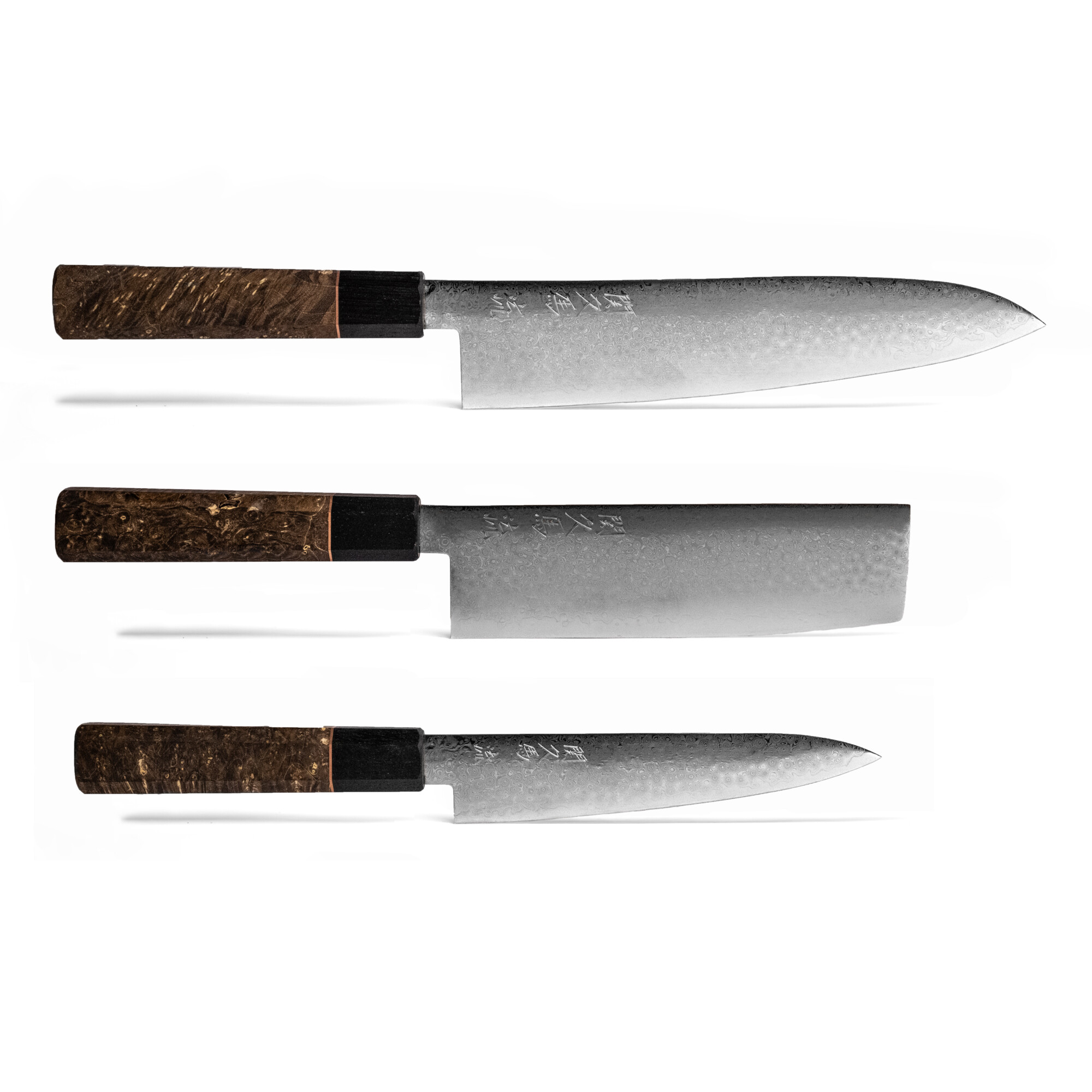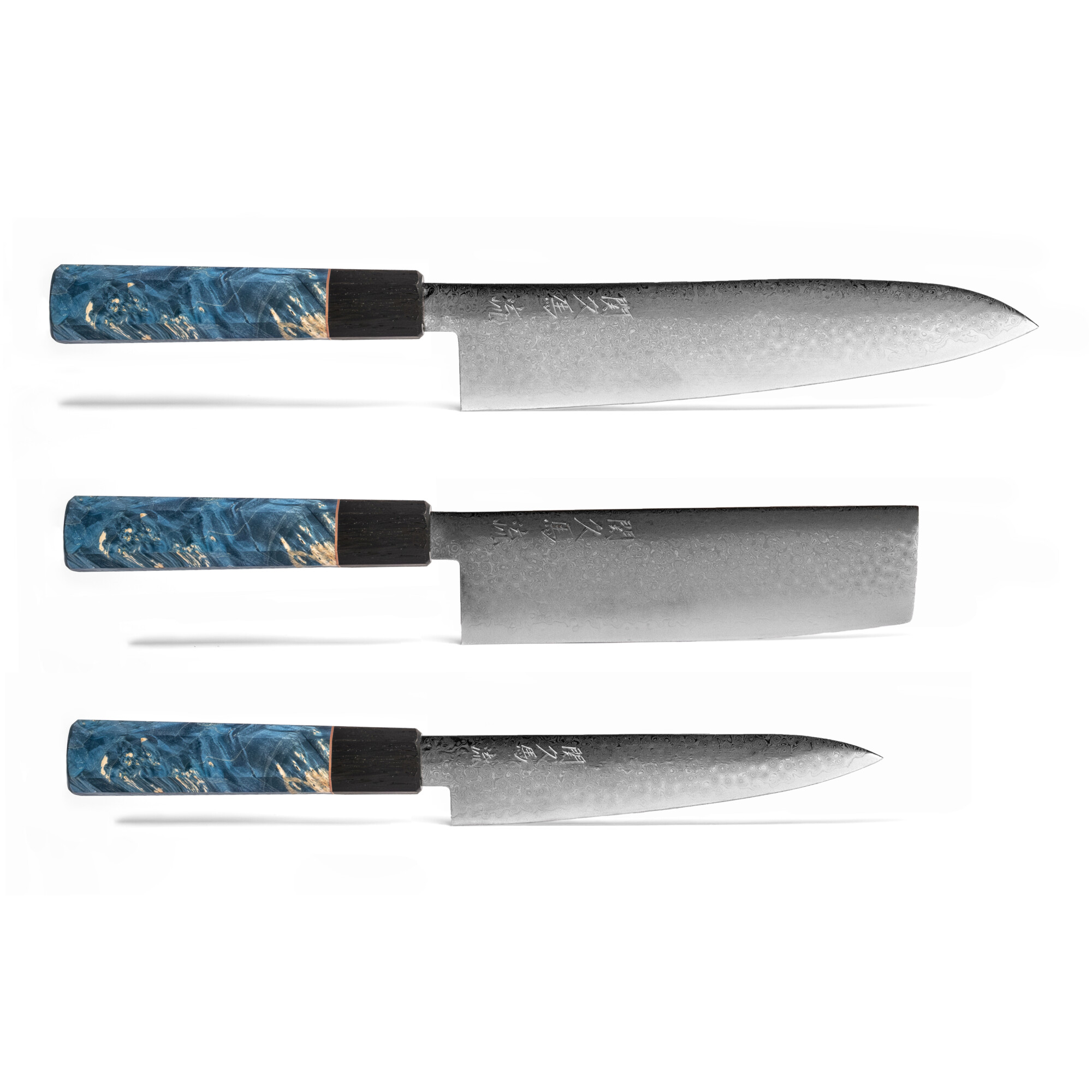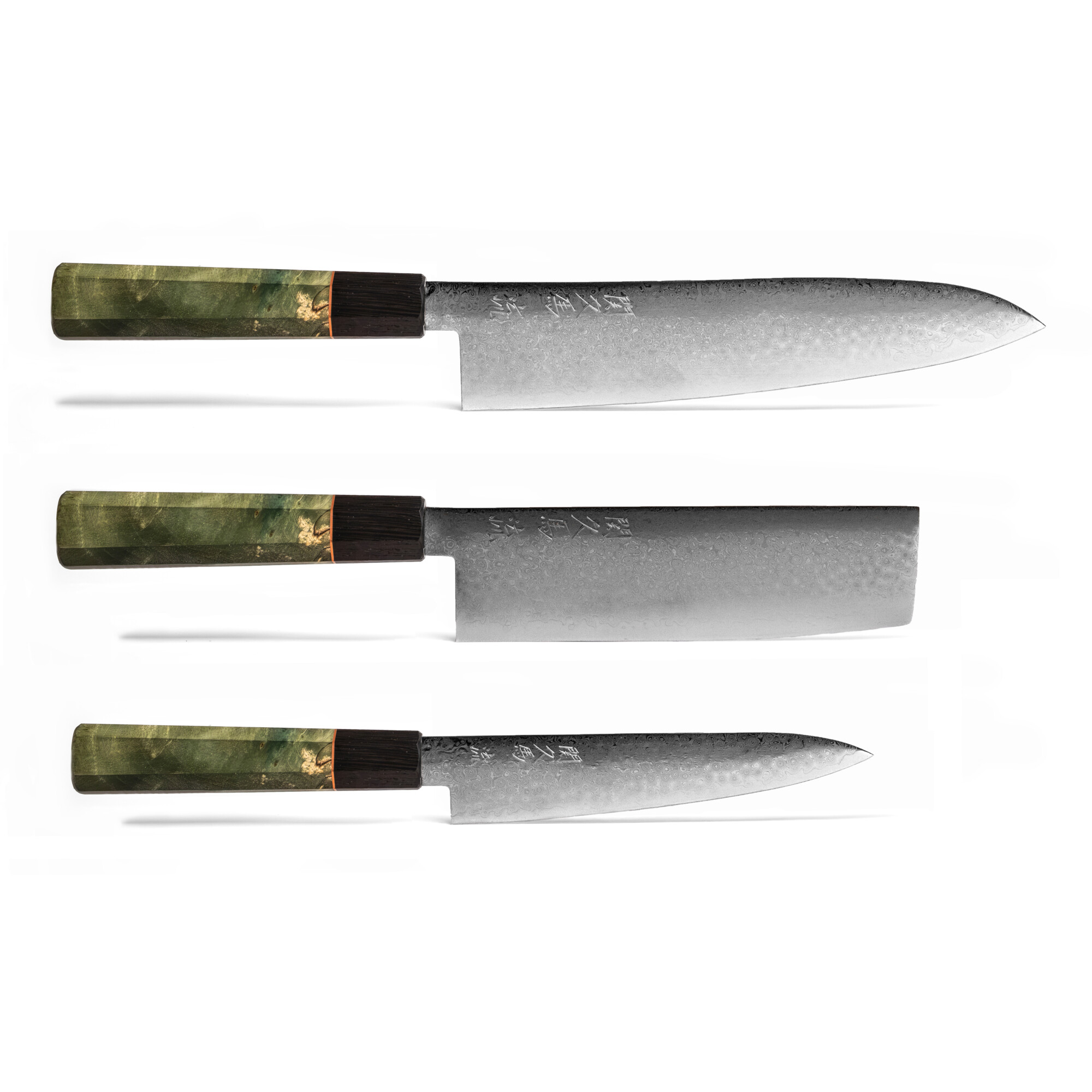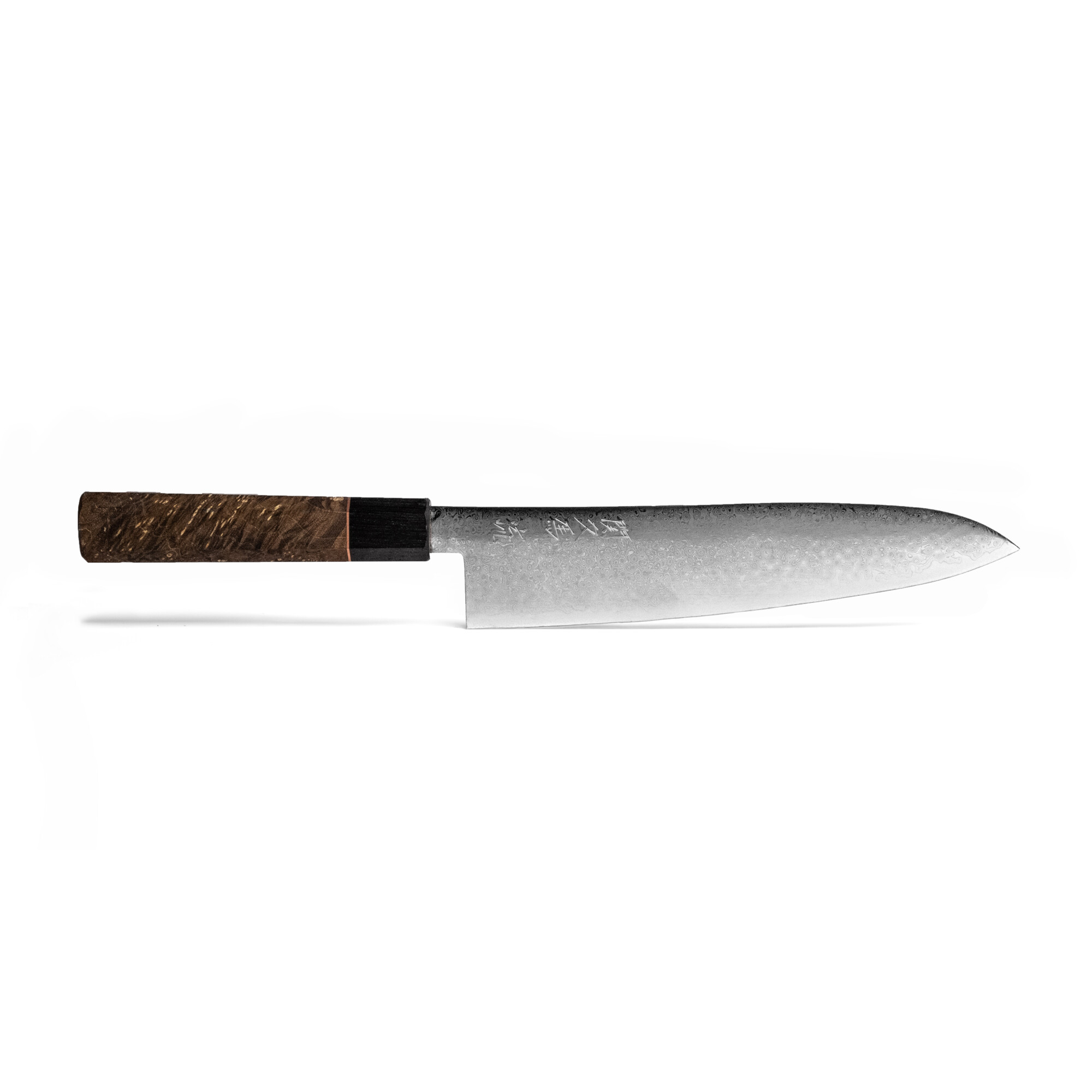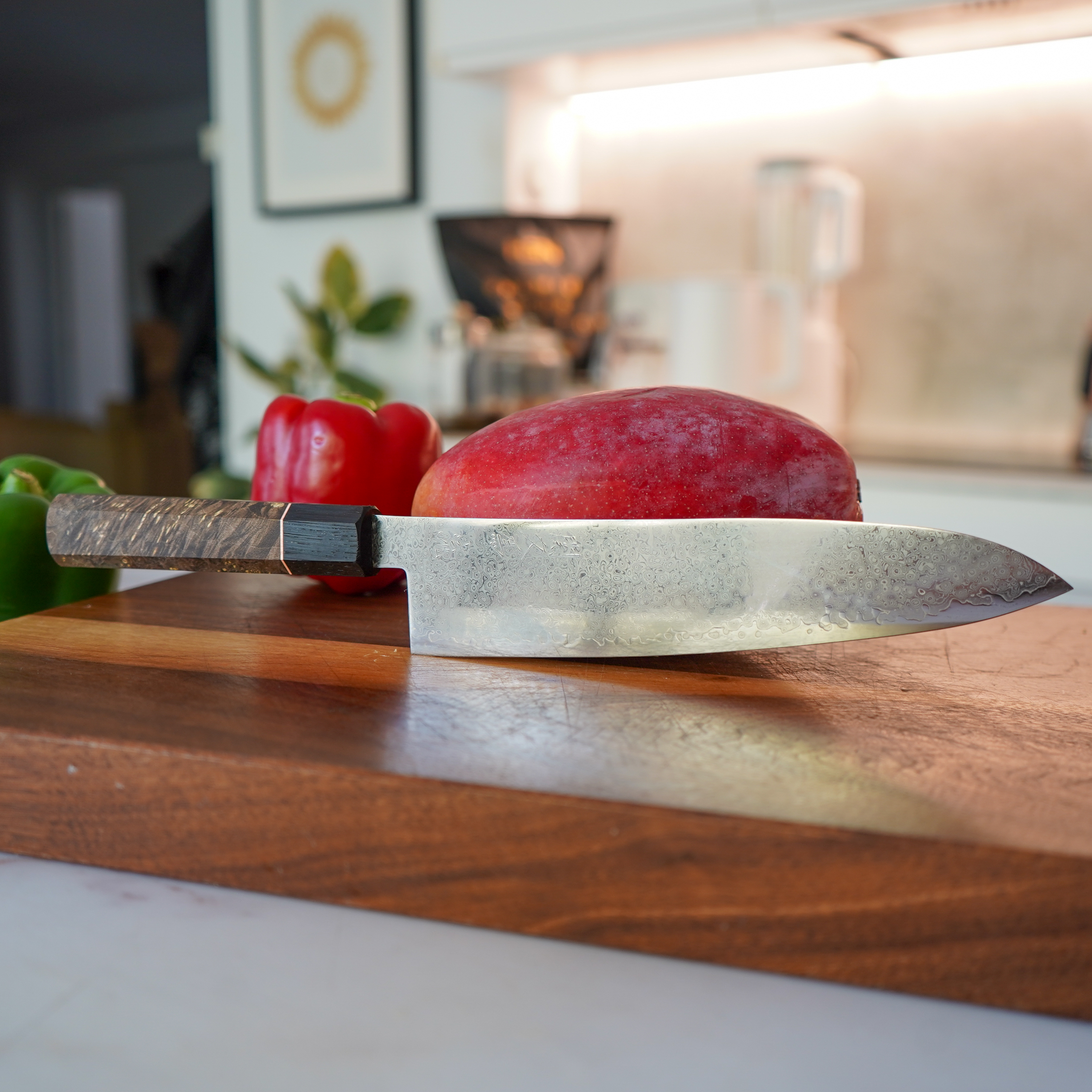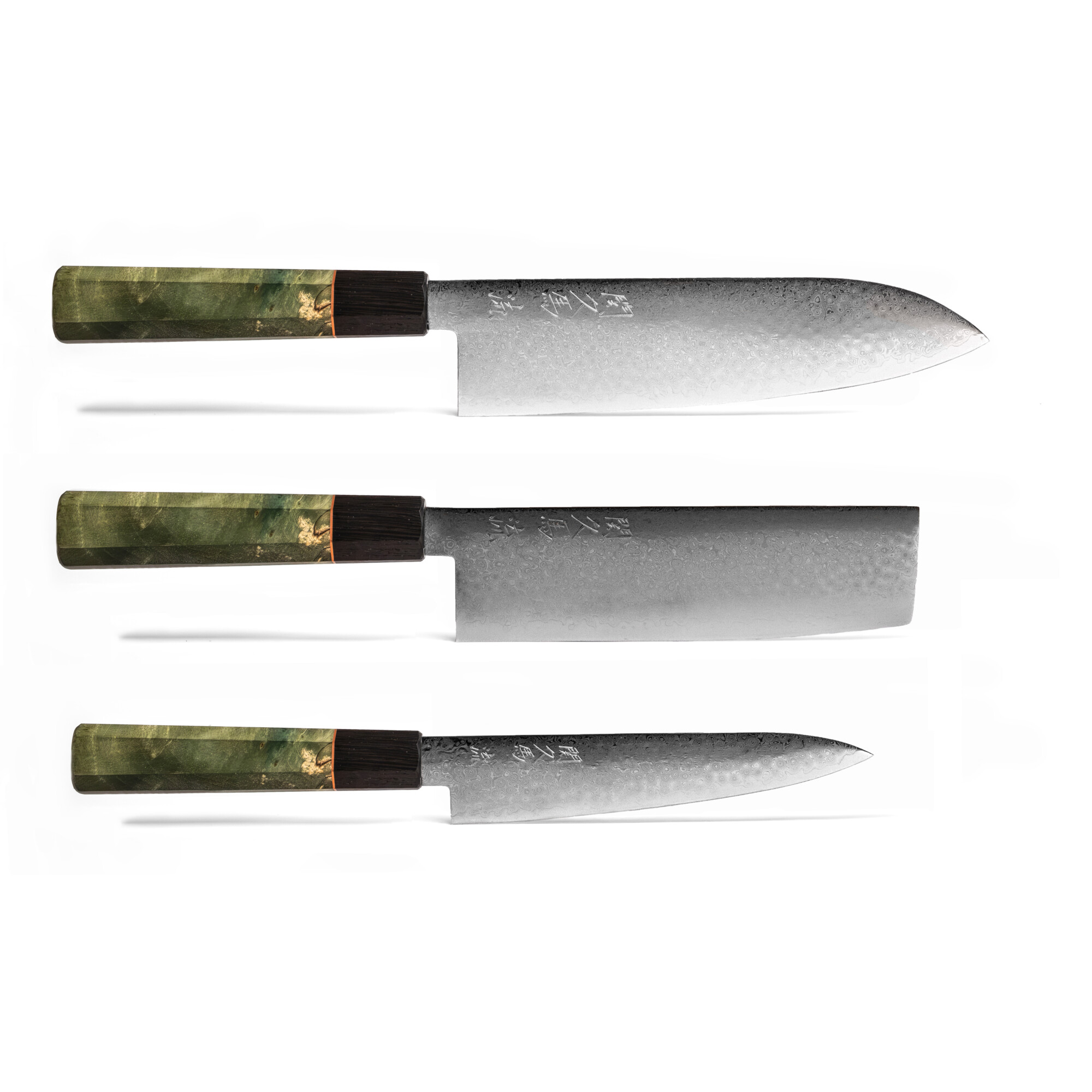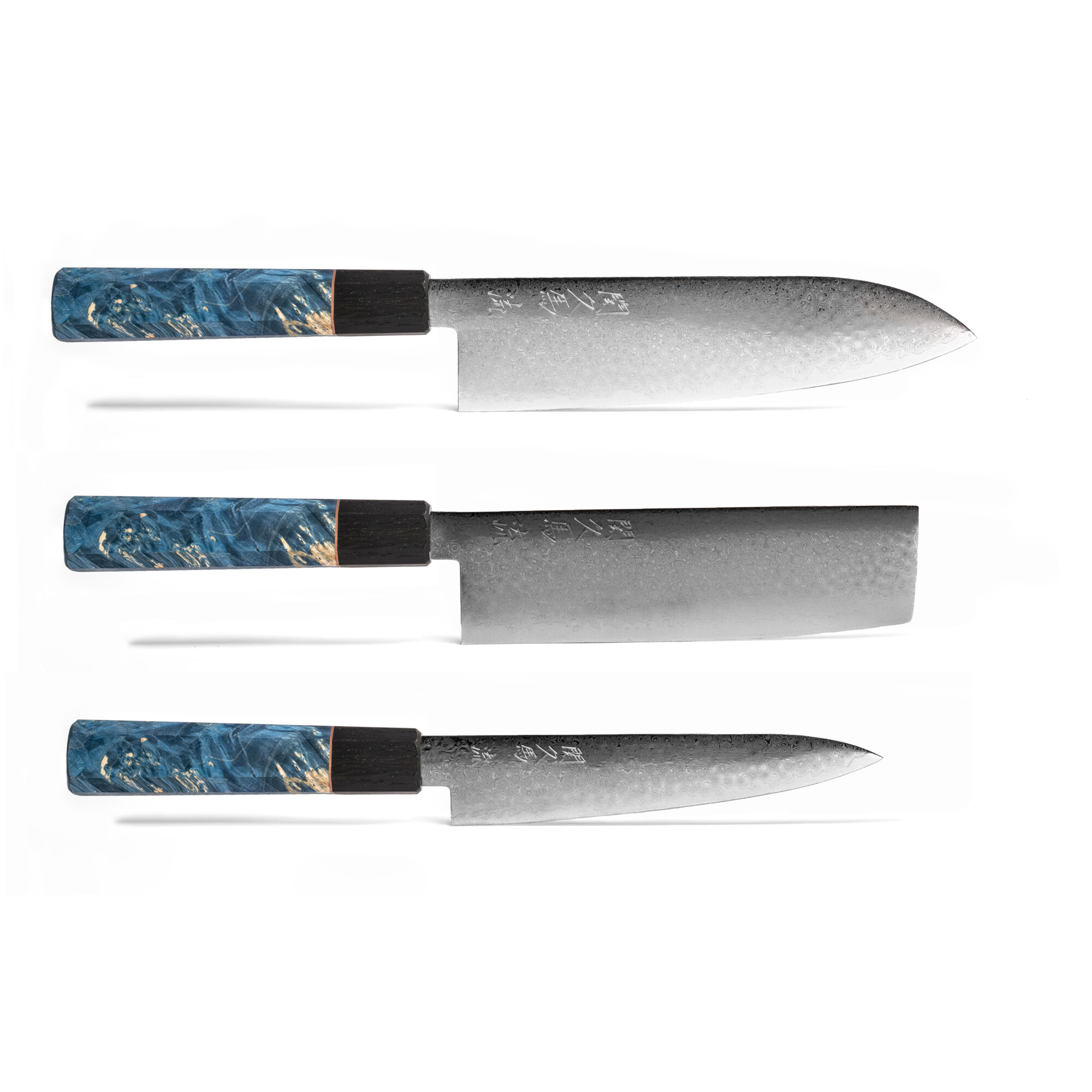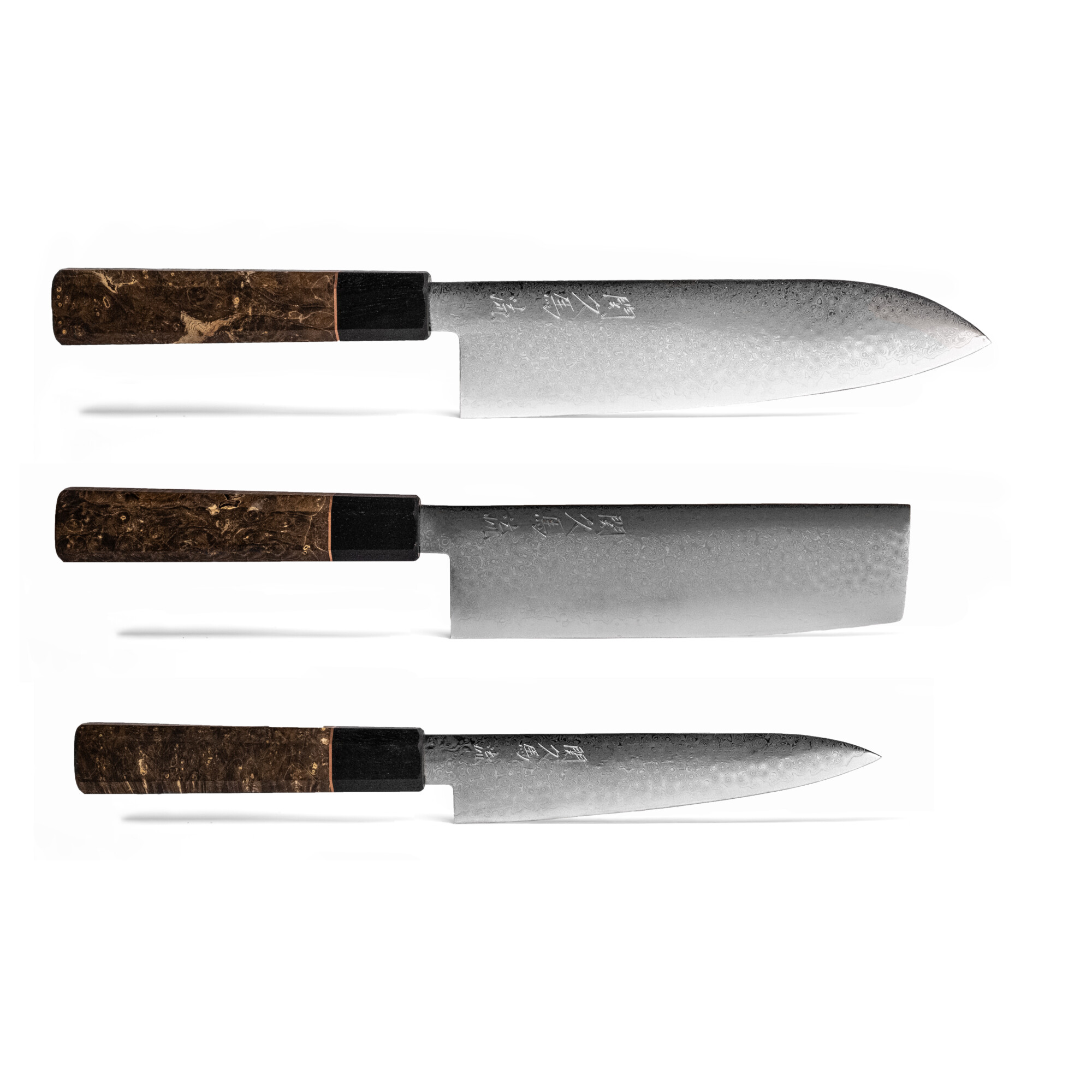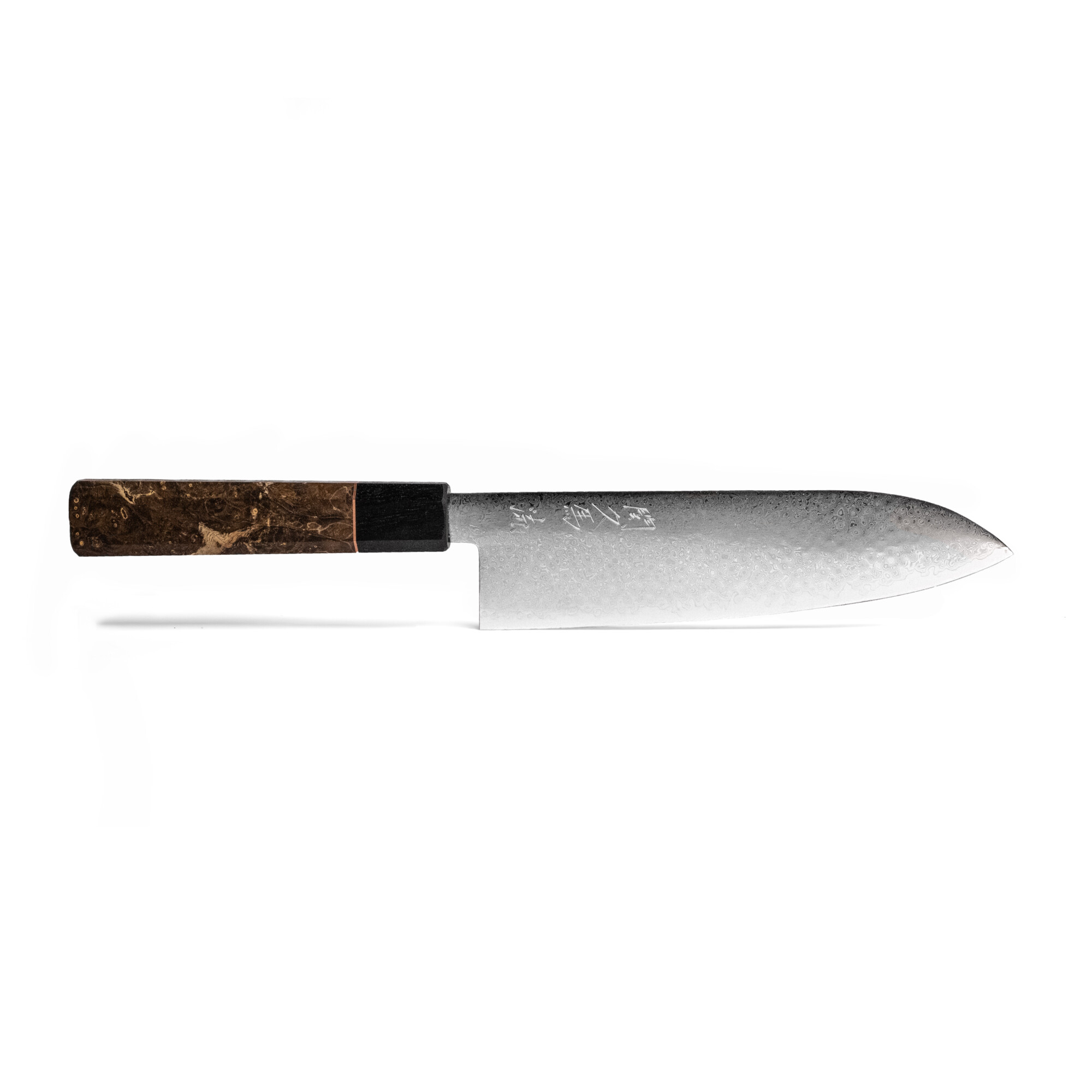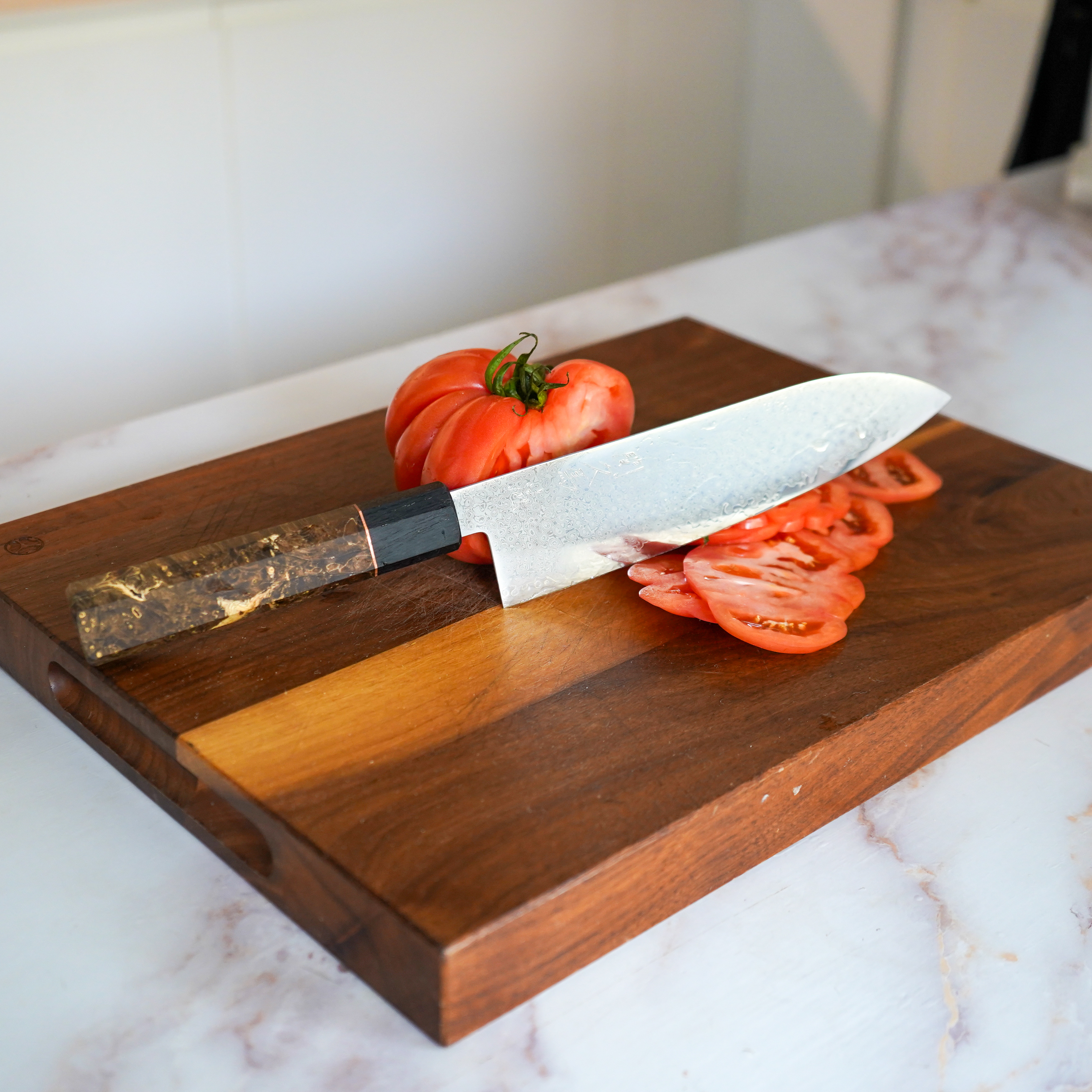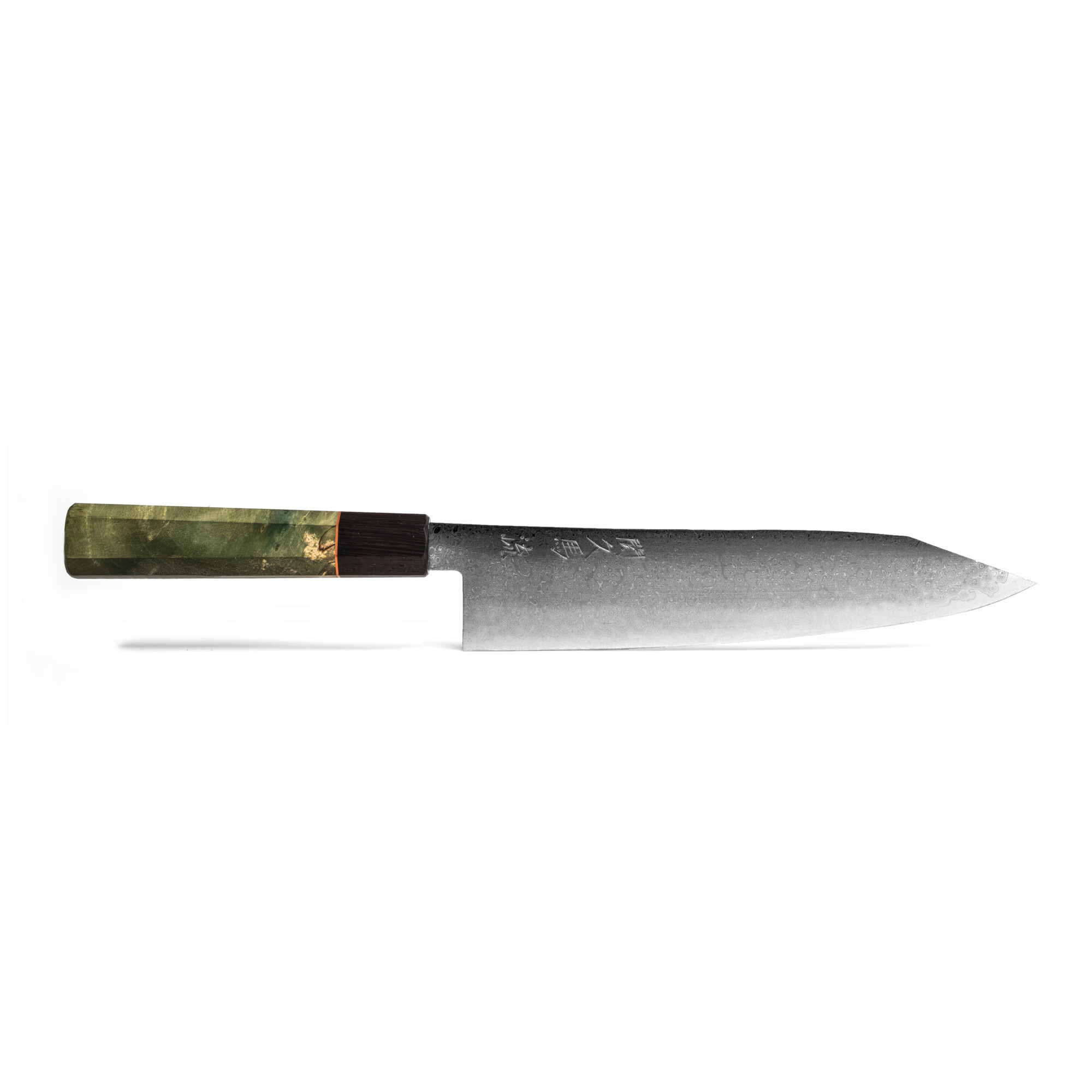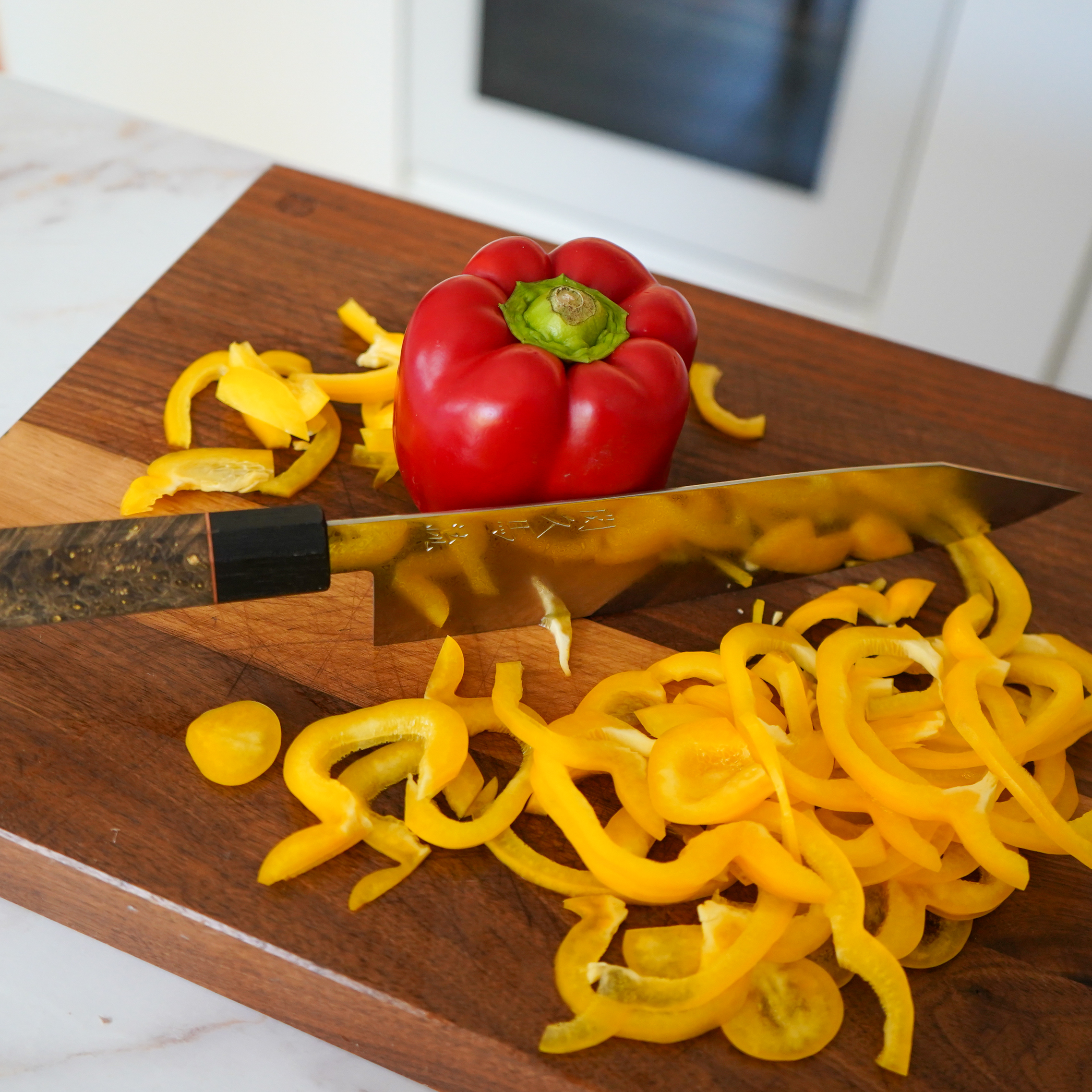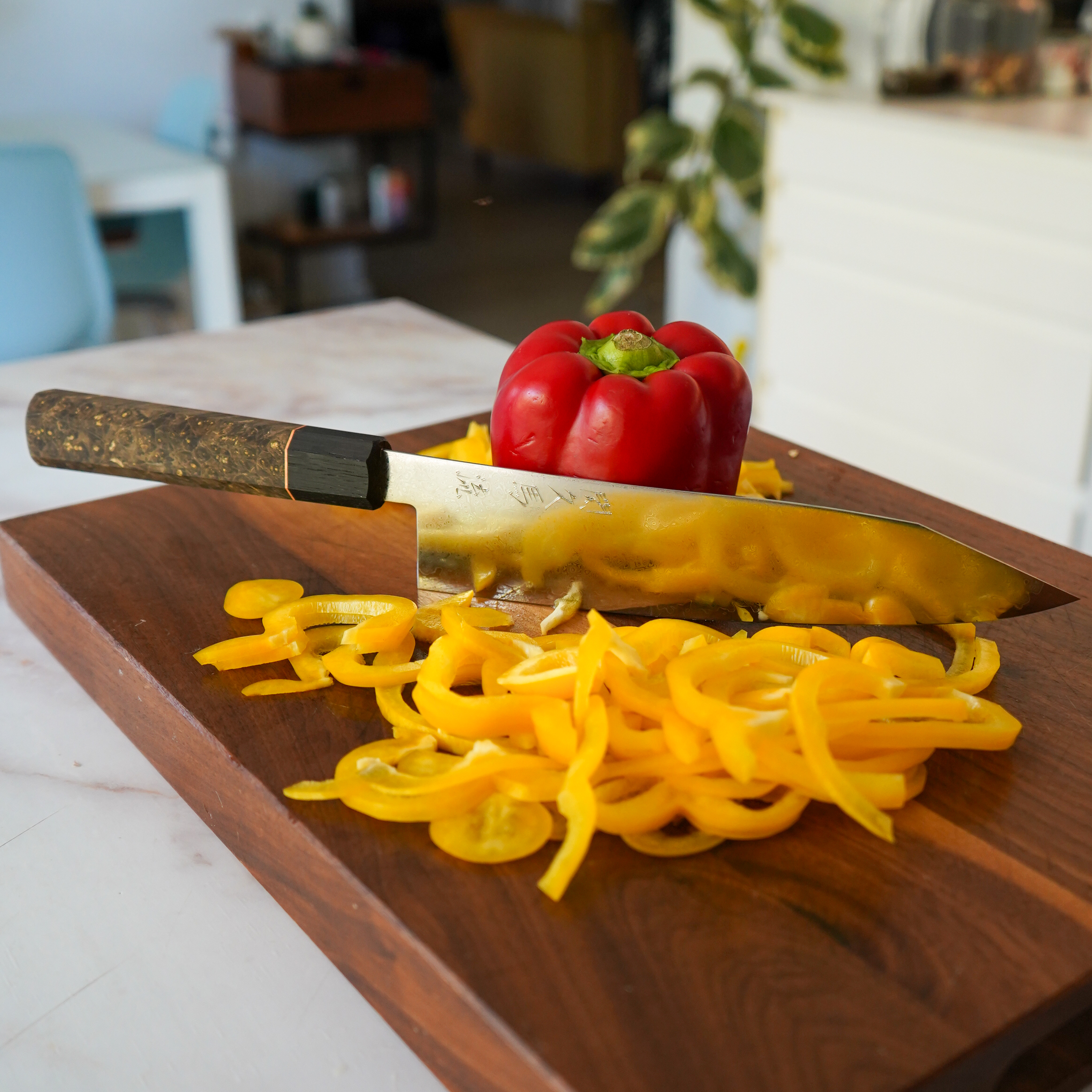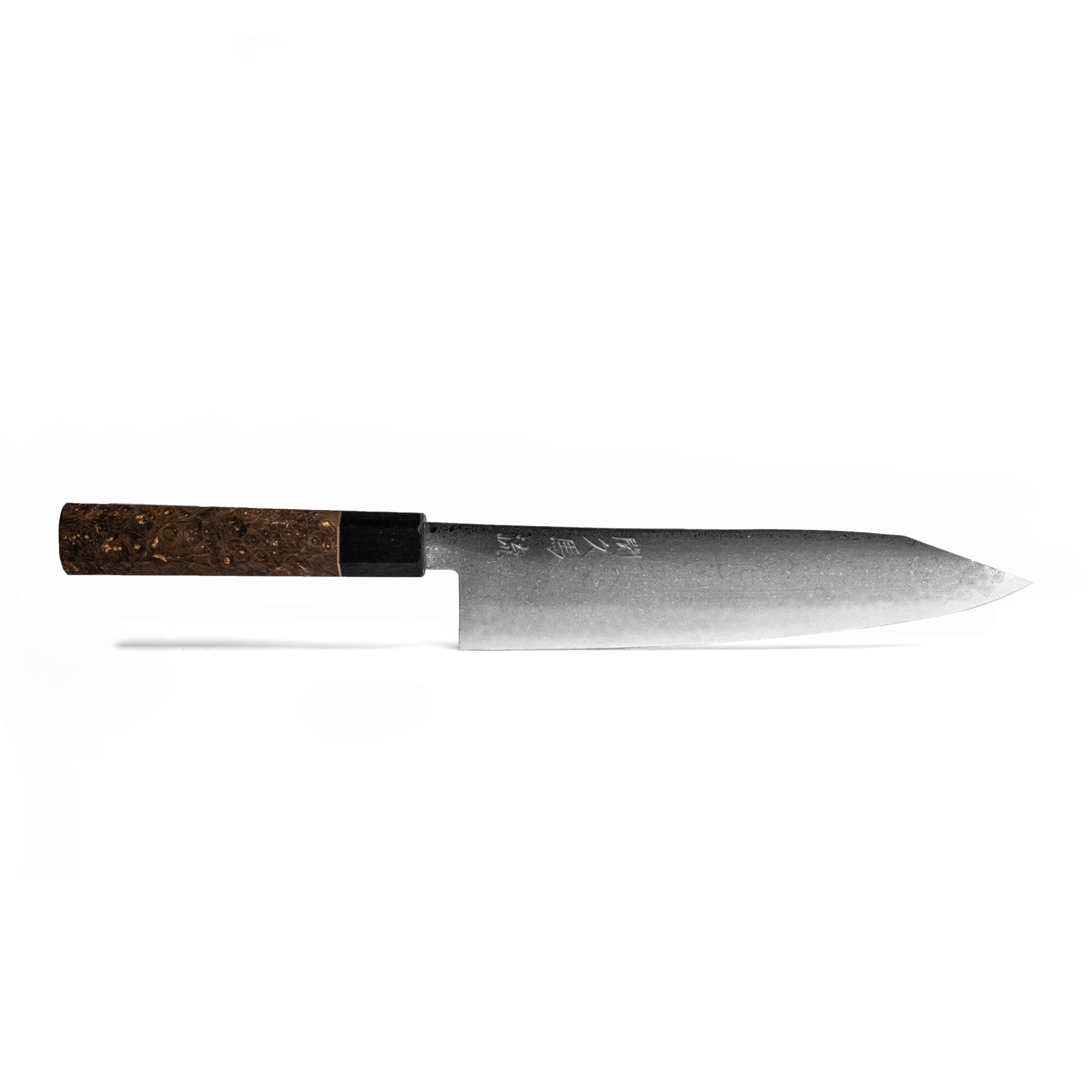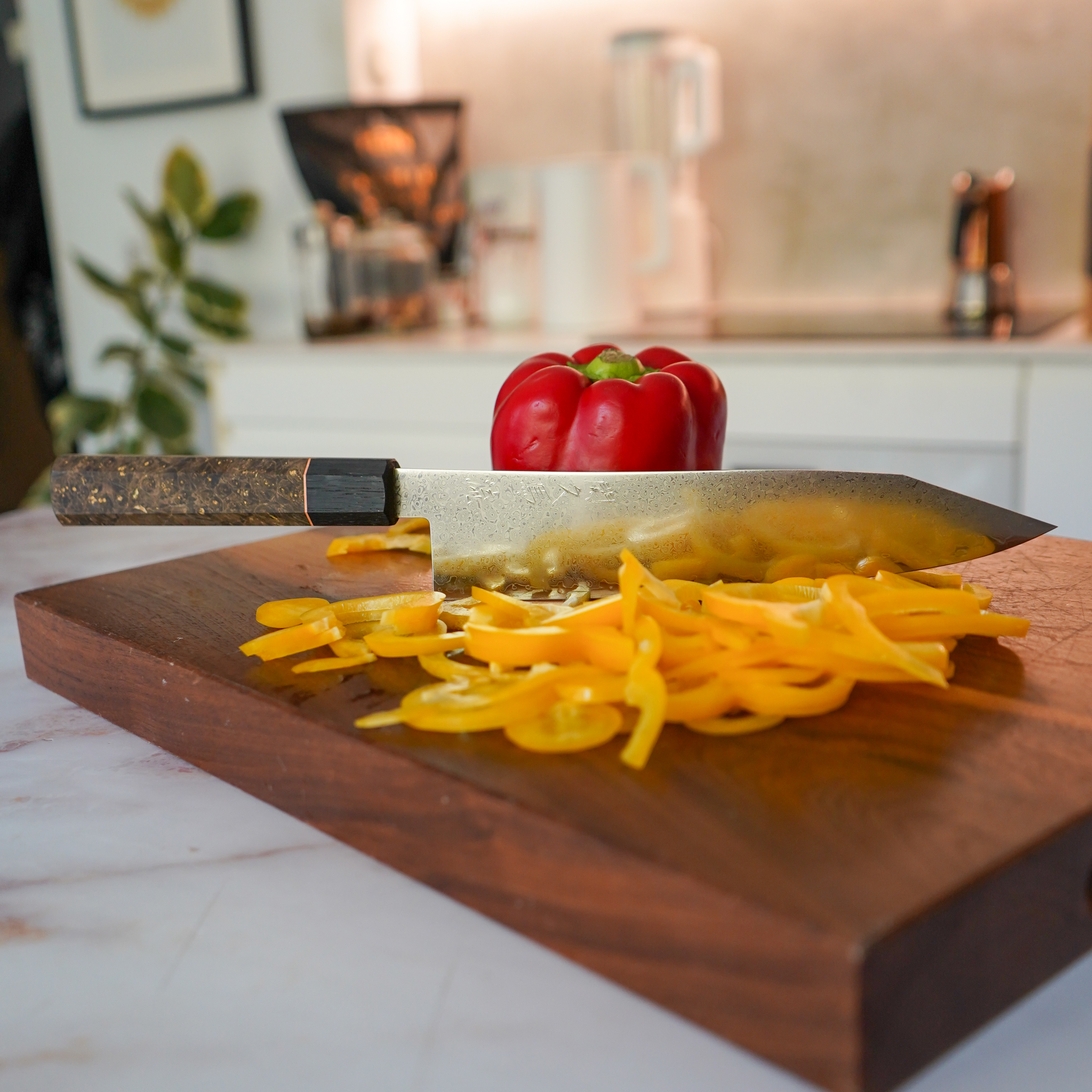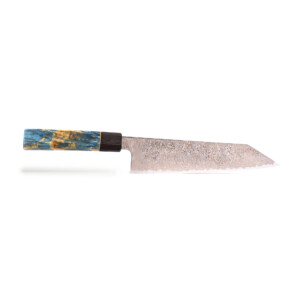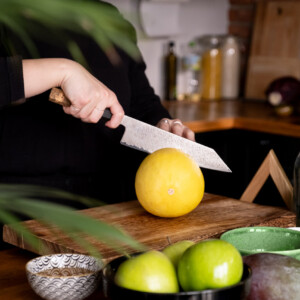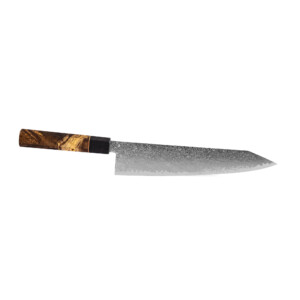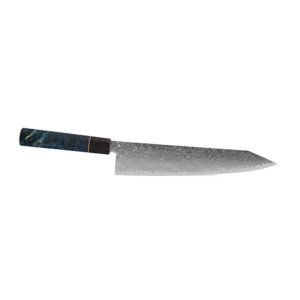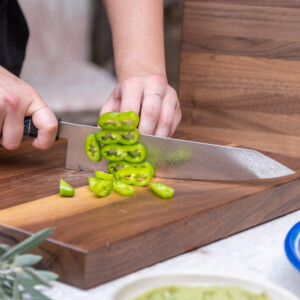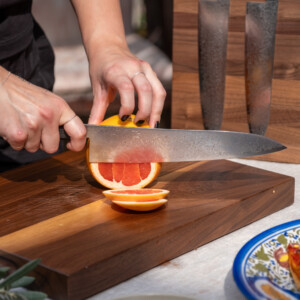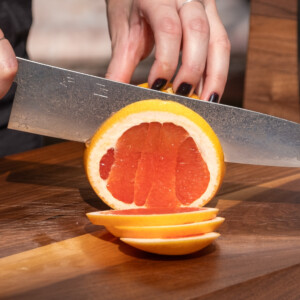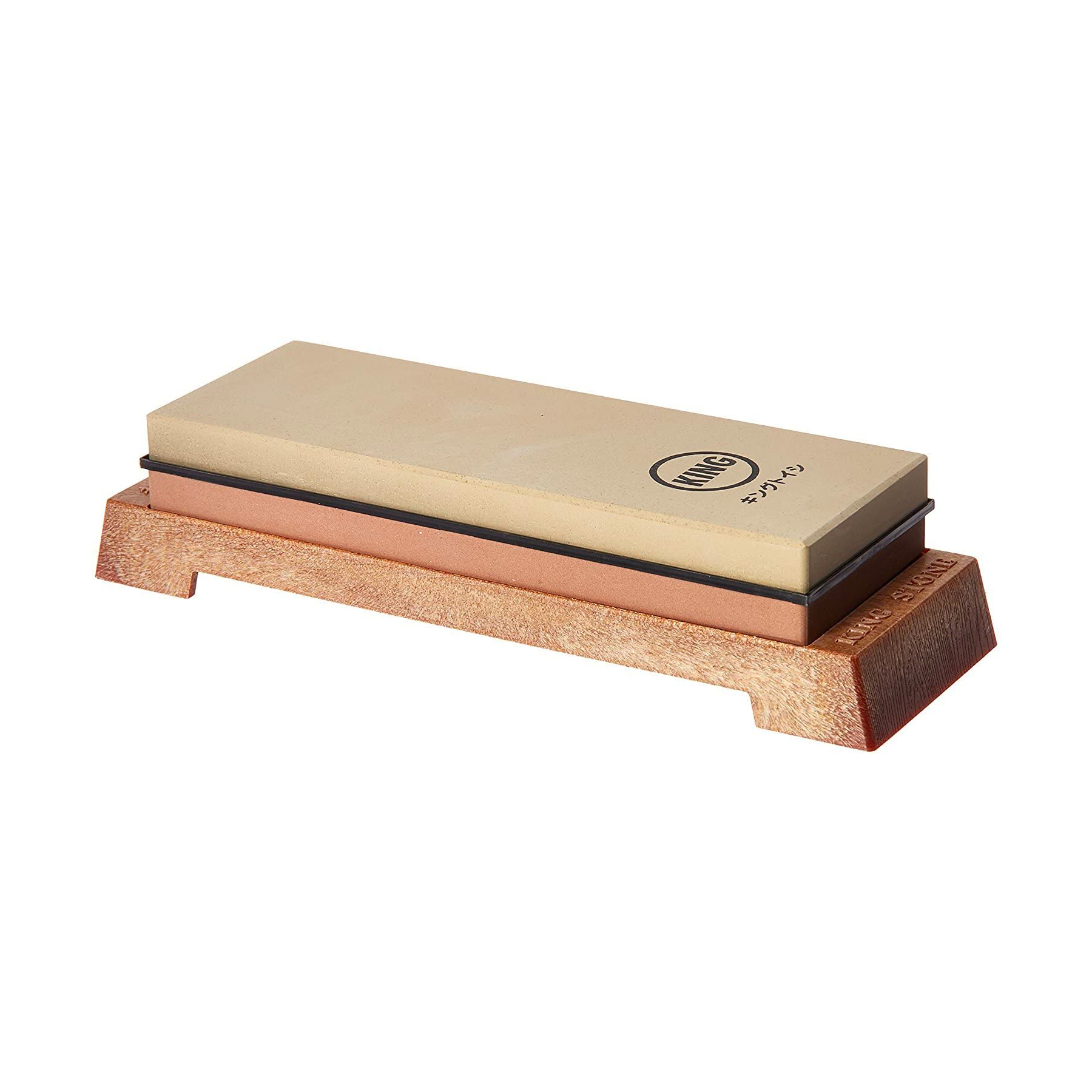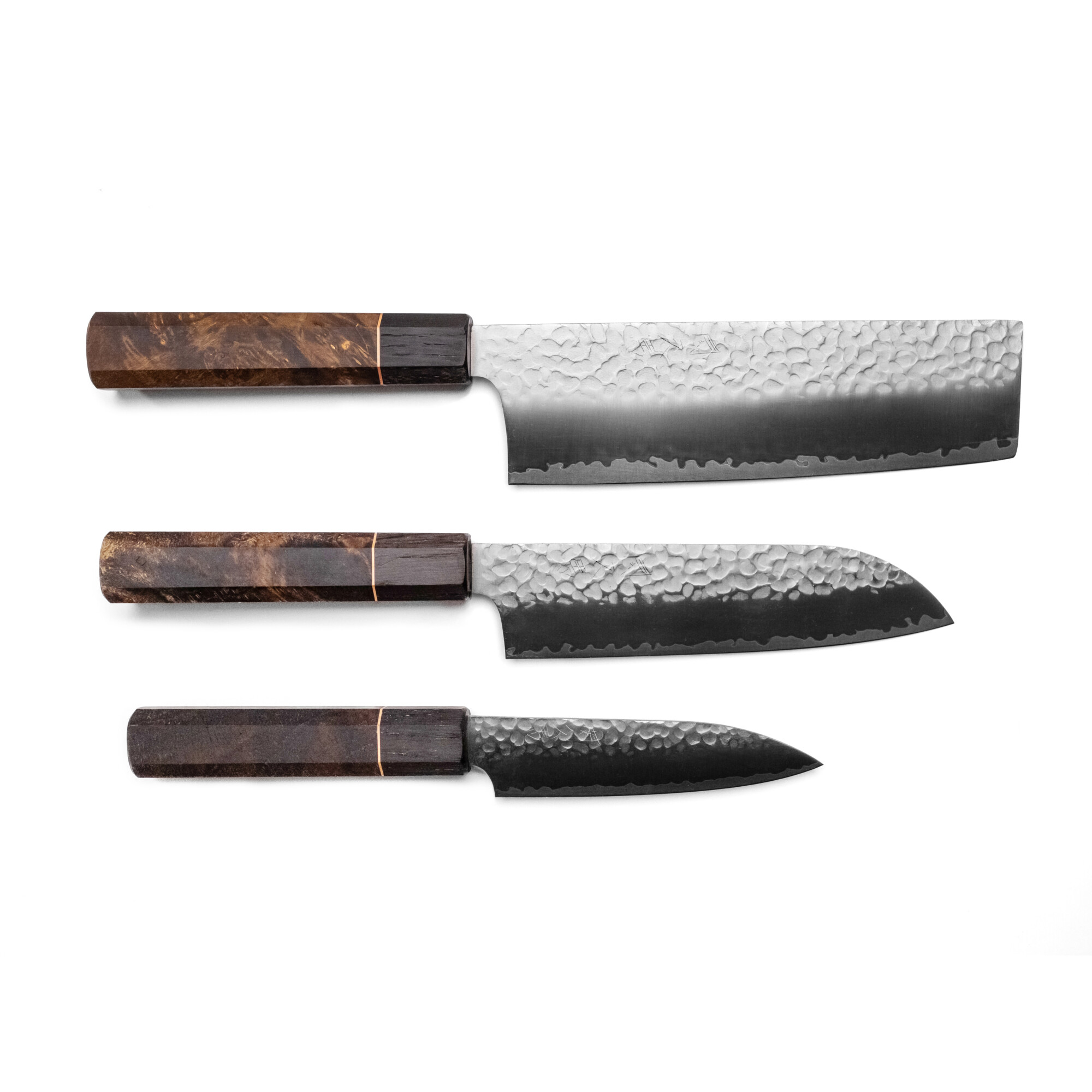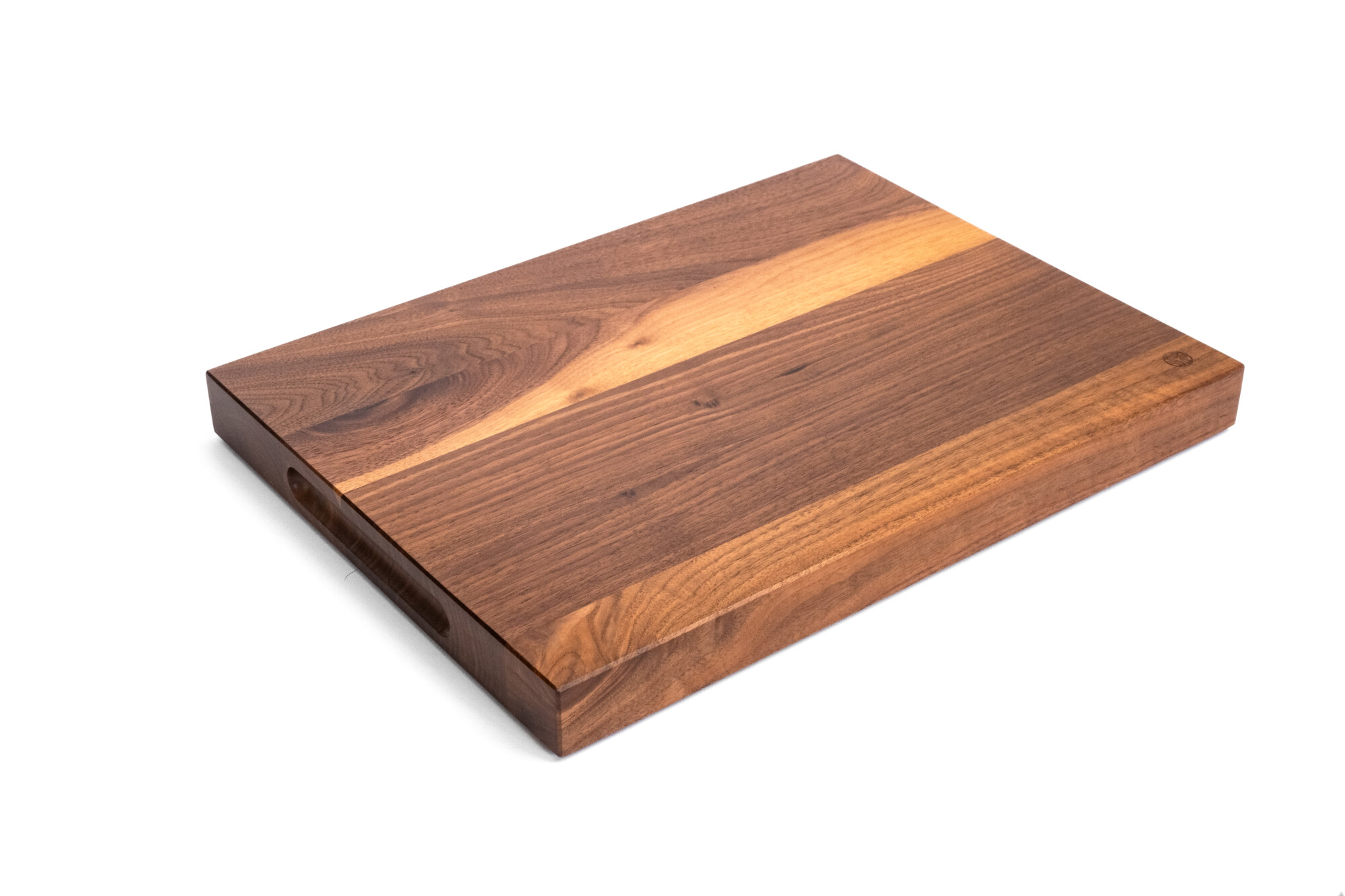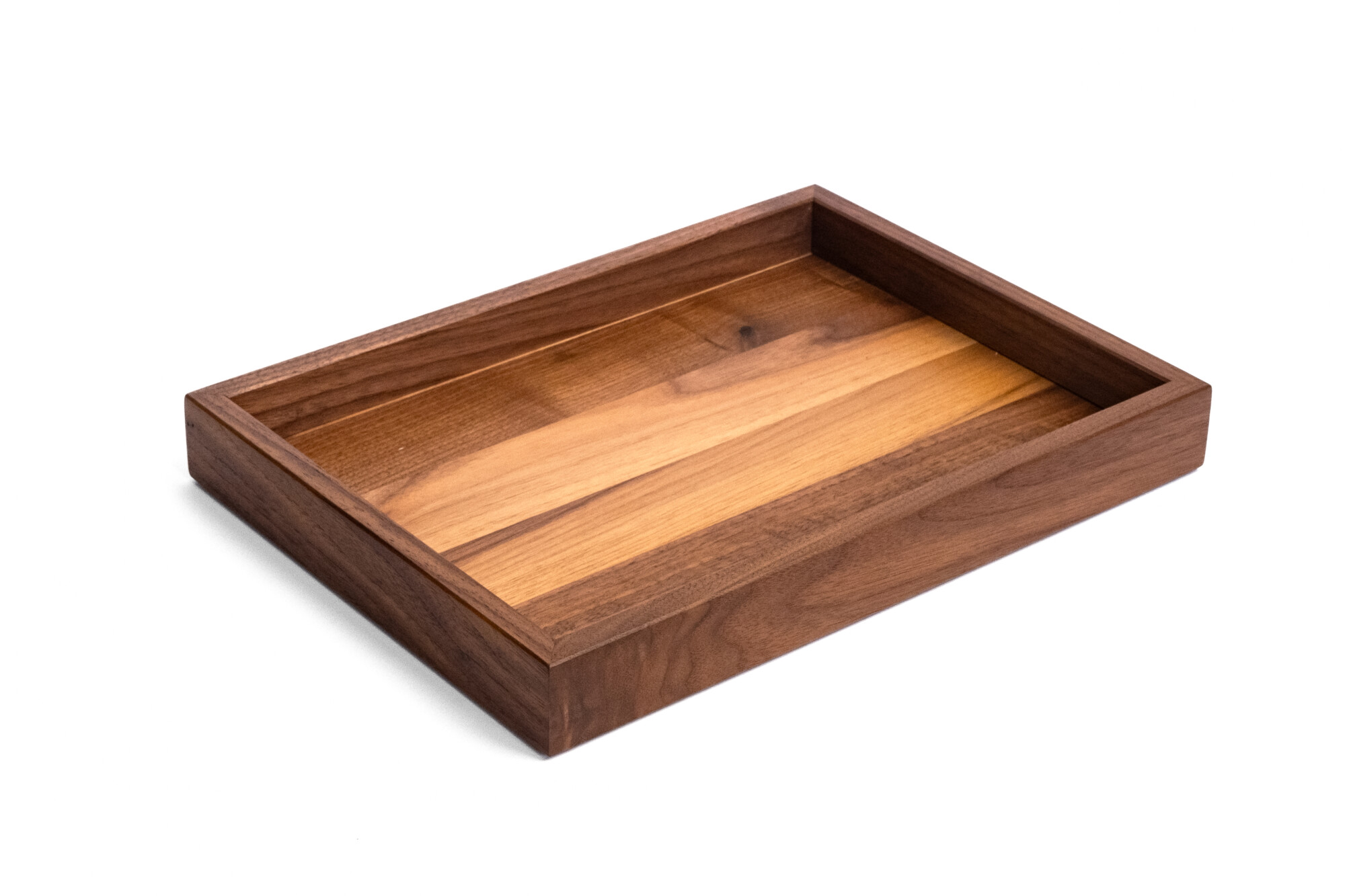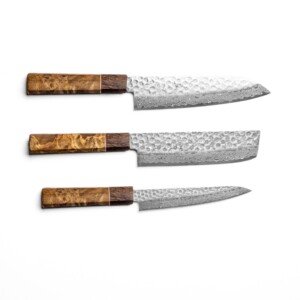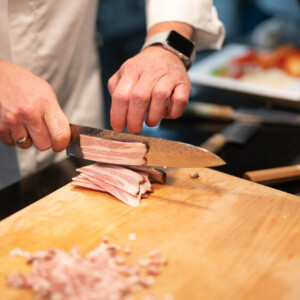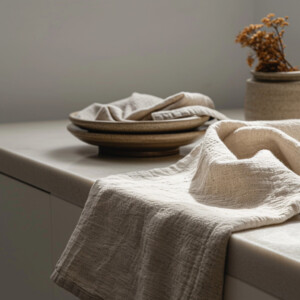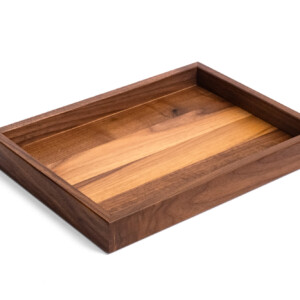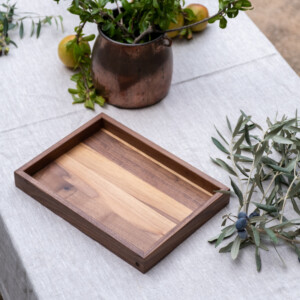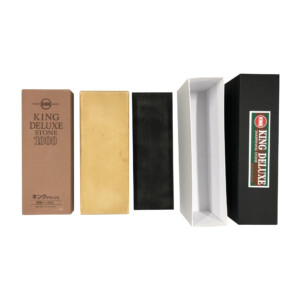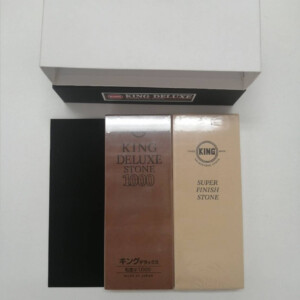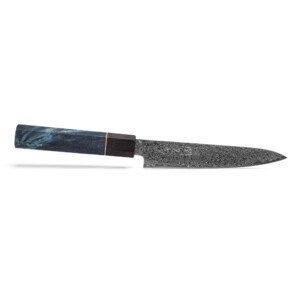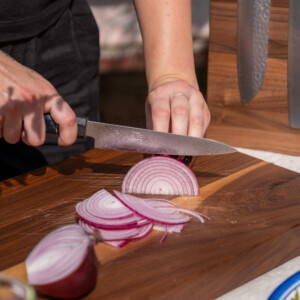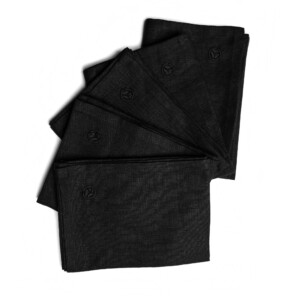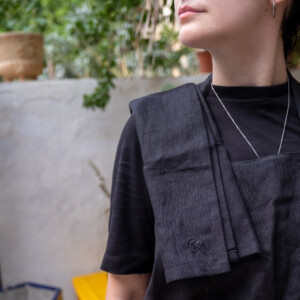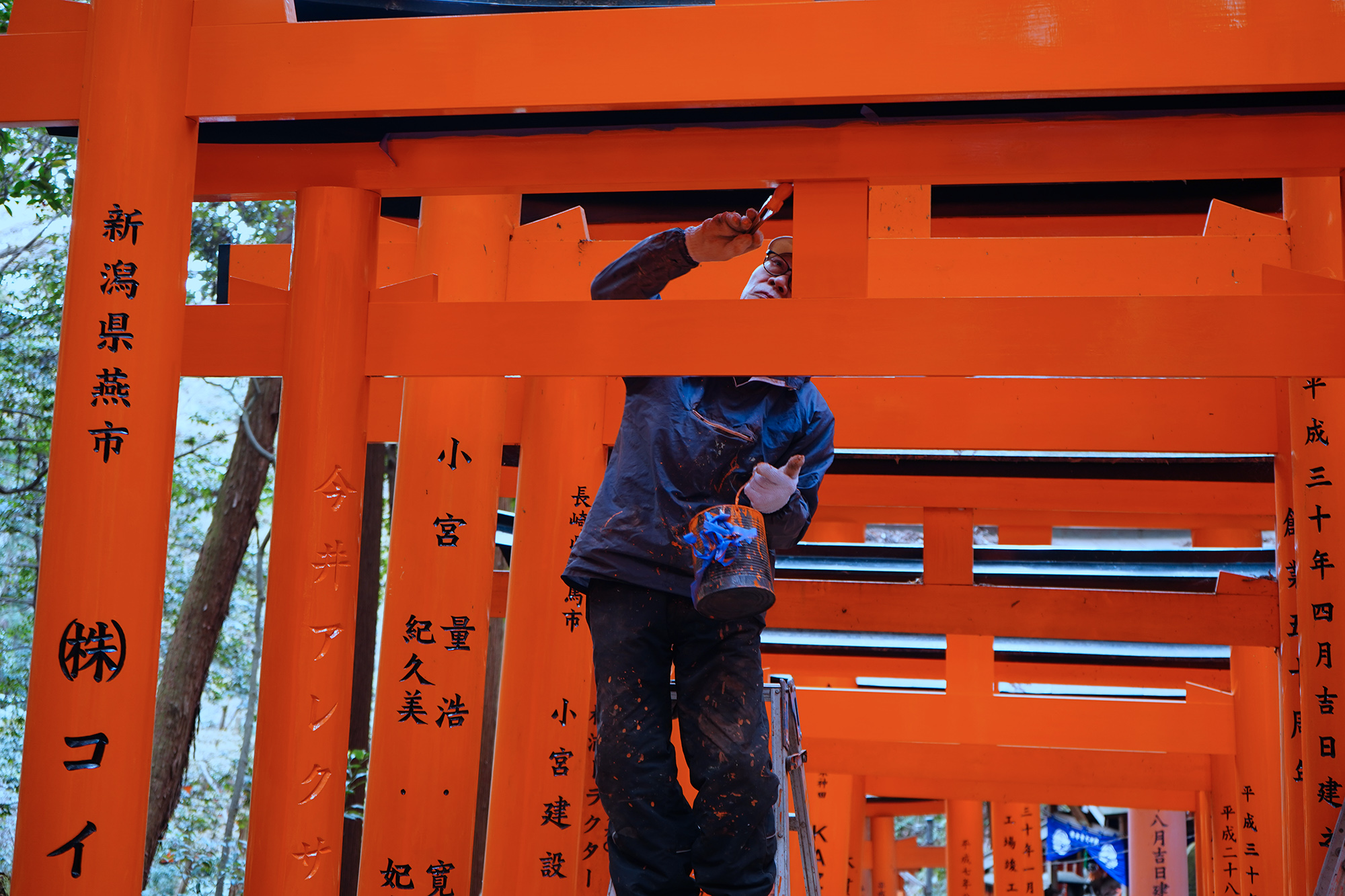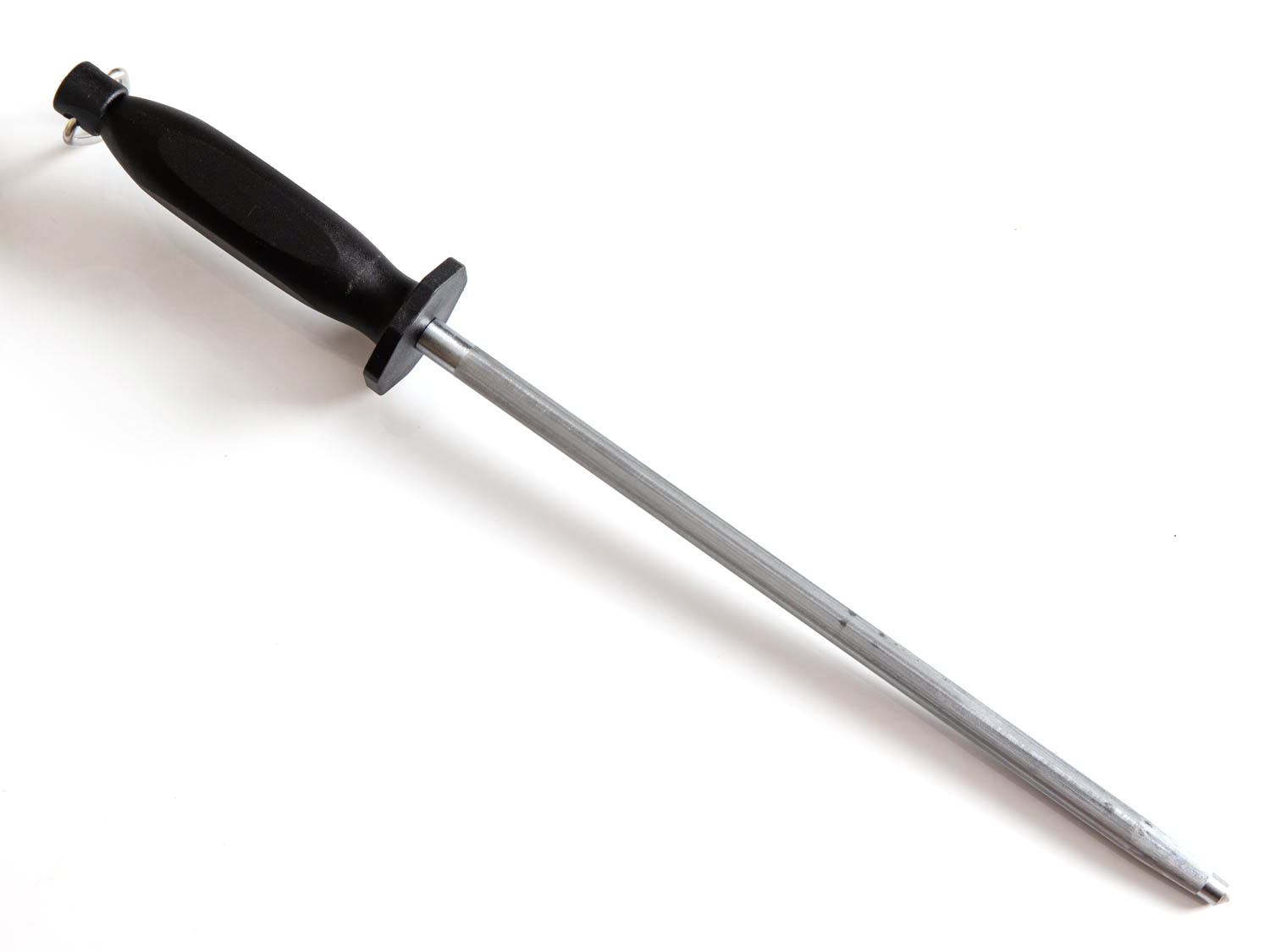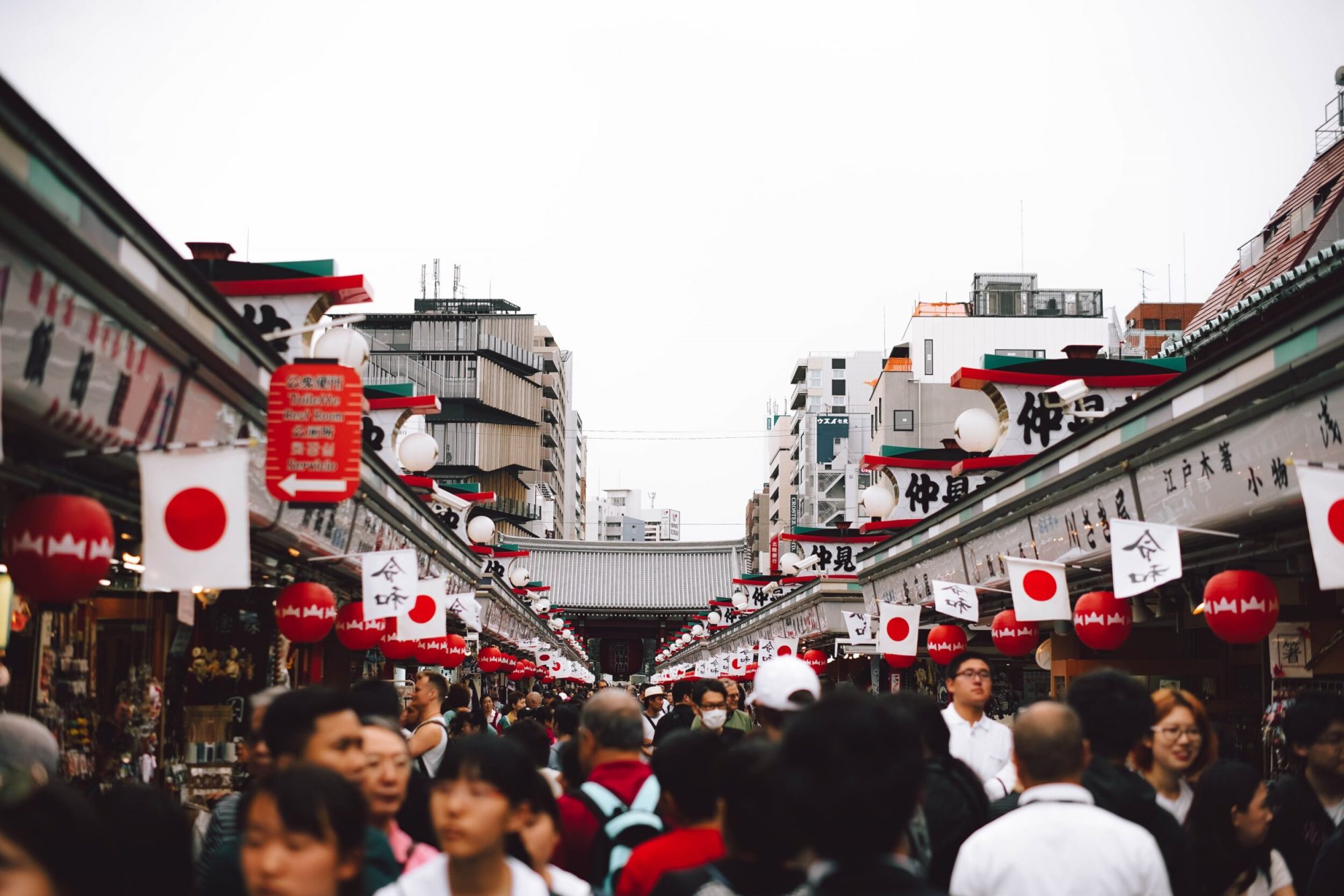Looking to buy a Japanese knife, but feeling overwhelmed by the choices? Not sure where to start? You’re not alone! As the founder of Oishya, I was once in your shoes – captivated by Japanese knives but confused by the countless options, Japanese terminology, various steel types, and wide-ranging price points.
This comprehensive guide will help you identify which Japanese knife is most suitable for your needs – and determine if it’s even the right choice for you.
Why Japanese knives?
Japanese kitchen knives are among the finest cutting tools you can purchase. They offer unparalleled quality, sharpness, and durability that can transform your cooking experience. A great Japanese knife is one of the most essential tools a cook can have – making food preparation more efficient, precise, and enjoyable.
Step 1: Determine Your Needs
Before choosing a Japanese knife, consider what you’ll primarily use it for:
- Are you looking for an all-purpose workhorse for daily cooking?
- Do you need something specialized for vegetables, fish, or meat?
- How often do you cook, and what types of ingredients do you typically work with?
Your cooking habits should guide your knife selection. Let’s dive into details:
Step 2: Understanding Japanese Knife Types
Unlike Western knives that are known for their versatility, Japanese knives are made for specific tasks. There are multiple ones to choose from, so when shopping you need to ask what you’ll be using them for. Here are the ones you can find at Oishya:
The Gyuto (Chef's knife)
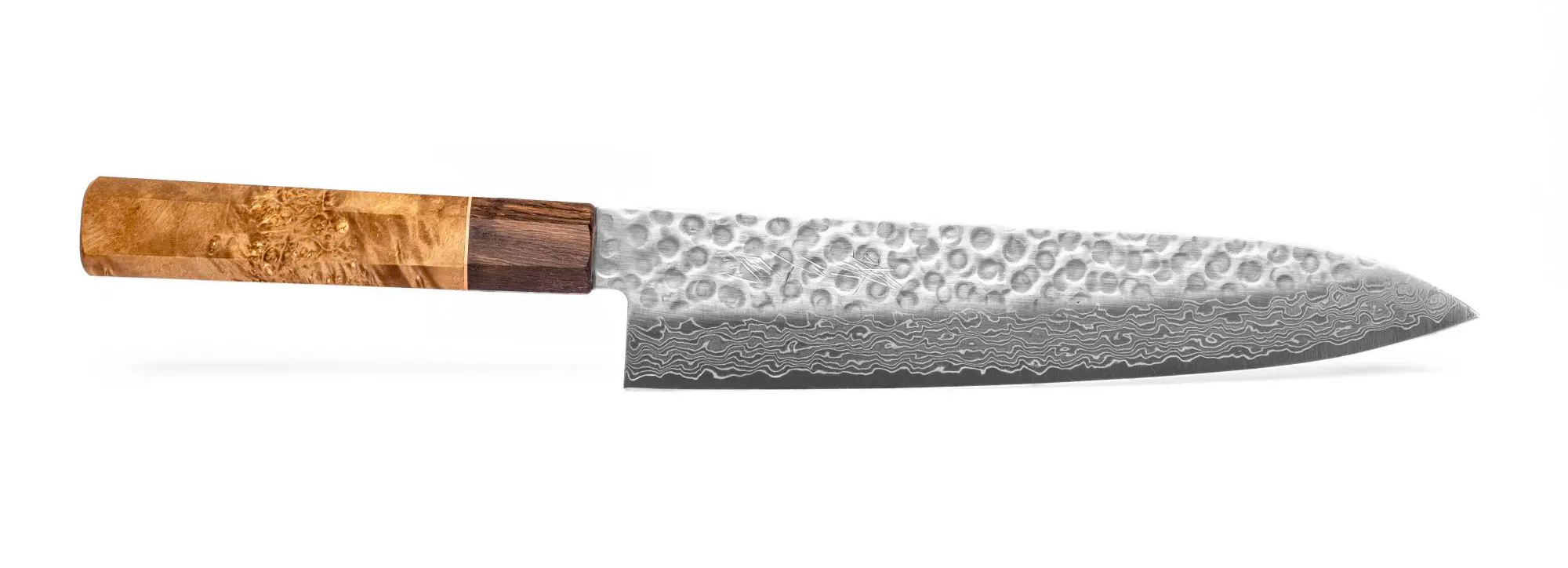
- Best for: All-purpose cutting, slicing, dicing, and chopping a wide variety of ingredients.
- Length: 180mm-240mm (7-9.5 inches) for home cooks; longer versions for professionals.
This type of knife is the equivalent of a traditional Western Chef’s knife. Gyuto is roughly translated as “cow blade” as it was initially used to cut meat and fish. However, it makes for an excellent all-purpose knife.
The edge has a gentle curve toward the point, which makes it ideal for cutting tougher produce such as fruit and vegetables in a rocking motion. It is also tall enough to provide good surface contact for your knuckles when chopping. The blade’s profile allows for more contact with the chopping board, meaning less fatigue for the user.
The Gyuto knife is sharp on both sides and is available in lengths between 180mm and 300mm (7 to 12 inches). A blade size of 180 to 210mm (7 to 8 inches) is recommended for home cooks, while the 240mm- 270mm (9 to 11 inches) sizes are more suitable for serious amateurs and professionals.
This knife is light in weight and excels at precision work such as mincing light proteins and vegetables. It, however, would not excel at slicing large materials or cutting through dense produce.
The Santoku (Three Virtues)
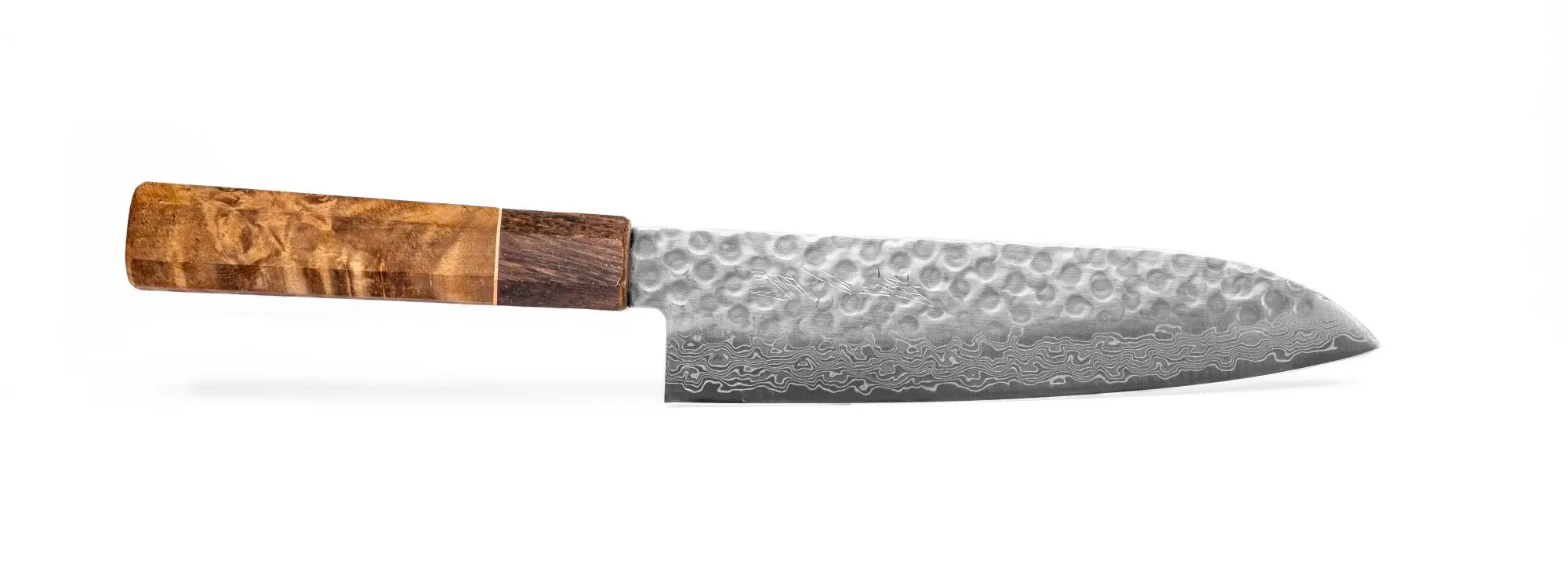
- Best for: All-purpose cutting, particularly vegetables and boneless proteins.
- Length: Typically 165-180mm (6.5-7 inches).
Santoku knives are another type of Chef’s knives. Hence, Santoku knives are true all-purpose workhorses.
Their name is Japanese for “three virtues”. These virtues refer to working with meat, fish and vegetables as well as allowing for three different cutting techniques: slicing, dicing and chopping. You can utilise a Santoku in most recipes that call for knife work.
Santoku knives are larger, multi-purpose knives. Some (especially women who usually have smaller hands and grips) consider Santoku to be more agile than Gyutos due to their size. They’re usually shorter than long chef knives (less than 21cm) and have wide, flat blades and fairly blunt or slightly rounded tips. This helps combat hand fatigue and compensates for the fact that you have to actually chop and not rock.
The Bunka (Chef's knife)

- Best for: Precision cutting, detailed work, vegetable preparation, and general kitchen tasks.
- Length: Typically 165-180mm (6.5-7 inches).
The Bunka, meaning “culture” in Japanese, is a versatile knife that bridges traditional and contemporary cooking styles. Its distinctive feature is the “reverse tanto” tip (a sharp, angled tip) that excels at precision cutting and detailed work. The Bunka’s flatter profile is ideal for push-cutting techniques rather than rocking motions.
The Kiritsuke (Slicing Specialist)

- Best for: Slicing fish, vegetables, and precise cutting tasks that benefit from the angled tip
- Length: Typically 210-270mm (8-10.5 inches).
The Kiritsuke is often considered a status symbol in Japanese kitchens, traditionally used only by executive chefs. This knife combines elements of the Yanagiba (sushi knife) and Usuba (vegetable knife), featuring a straight edge and an angled tip. Traditional Kiritsuke knives are single-beveled, though modern versions often offer double-beveled edges, making them more accessible to home cooks while maintaining exceptional precision.
The Nakiri (Vegetable Knife)
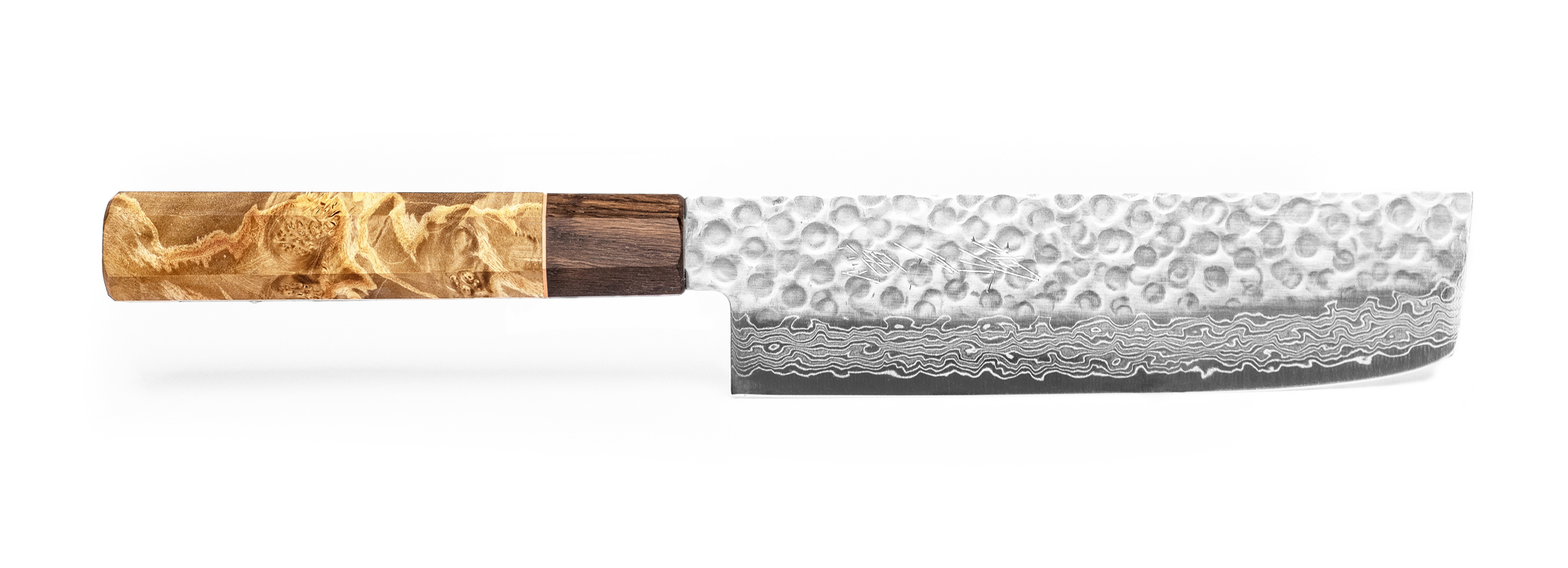
- Best for: All vegetable preparation, especially when precision is required.
- Length: Typically 165-180mm (6.5-7 inches).
Japanese Nakiri knives are mostly used for cutting vegetables. They feature a thin and wide blade and squared off tips. The straight blade is usually 150-180mm (5 to 7 inches) long.
As it is designed for chopping veggies, the knife has a straight blade that can cut through long items (think eggplants, carrots) as well as make super thin slices out of cucumber, bitter gourd, tomatoes and the likes. Its double bevel makes it perfect for both left and right-handed use.
Thanks to their straight blade, Nakiri are ideal for julienne, brunoise allumette and other precision knife cuts for vegetables. Also a great tool for cutting into very hard skinned produce like pumpkins and squash.
The Petty (Pairing / Utility Knife)
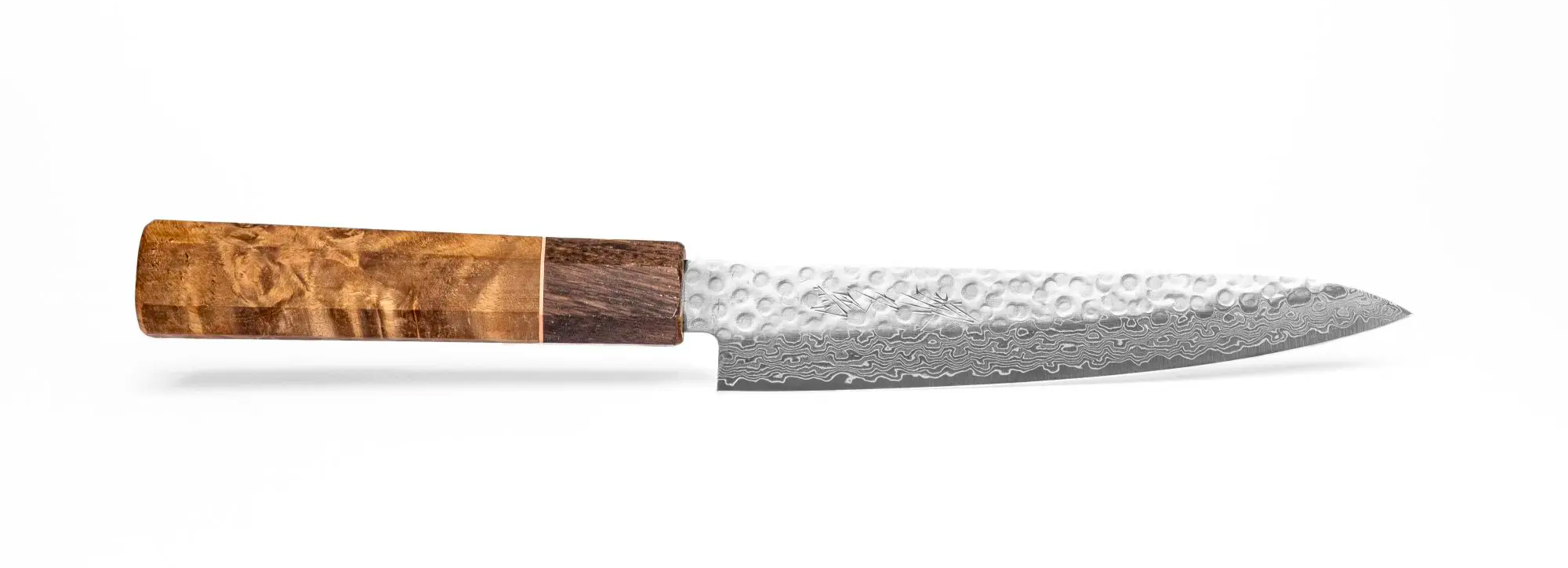
- Best for: Detail work, peeling, trimming small ingredients, and garnishing.
- Length: 90-150mm (3.5-6 inches)
Sometimes called a utility knife, the Petty is a smaller version of a Chef’s knife but is bigger than a paring knife. The Petty fits in small places that require more dexterity than bigger chefs knives while handling bigger jobs than a paring knife can take care of.
Its incomparable sharpness is used for smaller precision tasks such as peeling, trimming, and slicing small fruits and vegetables as well as for handling bigger tasks as a small Chef’s knife. A razor sharp petty knife can intricately carve and style vegetables and fruits for beautiful presentations and garnishes, performing just as well for bigger jobs such as preparing meals.
The smaller size and relatively narrow blade make the knife very nimble and controllable. It is an ideal alternative to Gyuto for people with smaller hands. Its double bevel makes it perfect for both left and right-handed use. It is usually between 90mm and 180mm (4 and 7 inches) in length.
The Deba
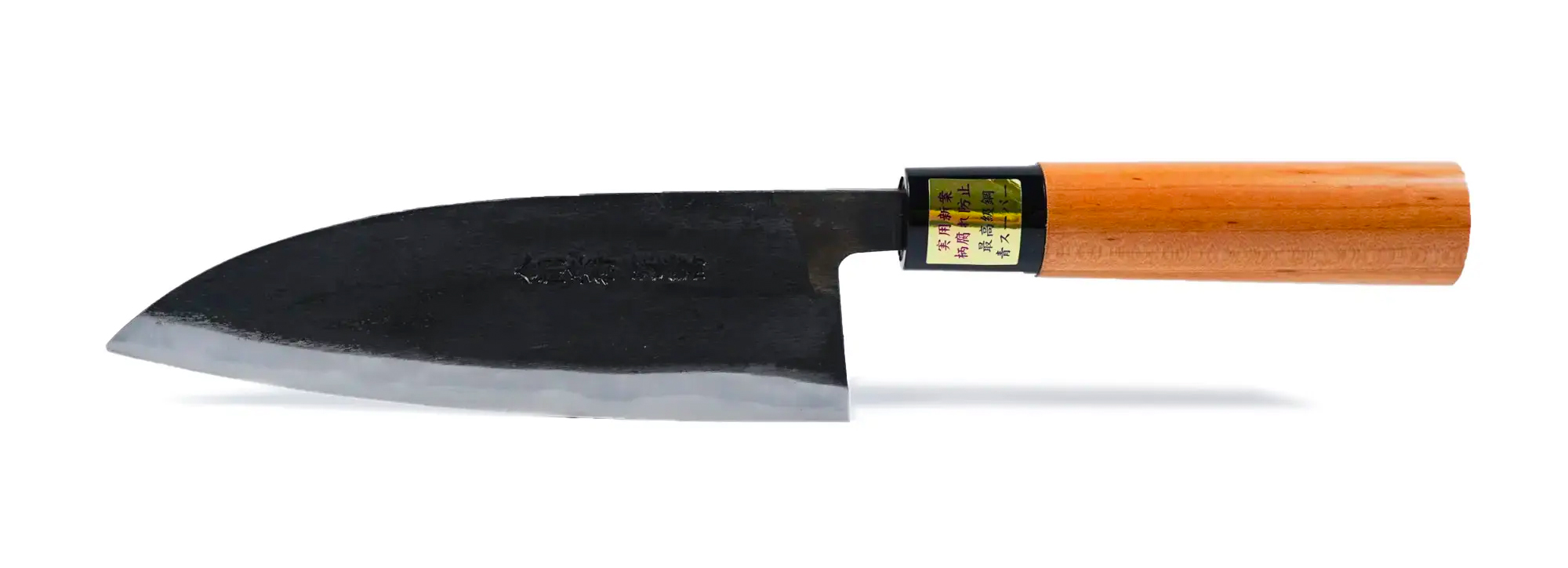
- Best for: Fish preparation, filleting, and breaking down poultry.
- Length: 150-210mm (6-8 inches) for home use; longer versions for professional use.
The Deba is a traditional Japanese filleting knife. This knife is specifically used for preparing fish and breaking down poultry and meats with small bones. It has a sharp point due to its curved tip and spine. The deba is single bevelled, meaning it has a flat back face that makes it more efficient when filleting.
It is thicker than most other Japanese kitchen knives. This weight is desirable because the sturdy heel section of the knife can be used to cut or chop bones found in small and medium sized poultry and fish.
Its blade length is typically between 150mm and 330mm (5 to 13 inches). Larger sized Deba are recommended for professionals, and the smaller 165mm-180mm (6 to 7 inches) size are ideal for home cooks.
The Yanagiba (Sushi knife)

- Best for: Slicing raw fish for sushi and sashimi.
- Length: 240-300mm (9.5-12 inches) for optimal slicing performance.
Yanagiba knives are another type of traditional Japanese filleting knife. These are mainly used to slice boneless fish for sushi and sashimi dishes. Yet, they are also often used to skin fish.
The long, narrow blade and relatively acute edge angle allows the fish to be cut in one single drawing motion, from heel to tip. Their blades come in a variety of lengths ranging from 210mm to 360mm (8 to 14 inches).
Single vs. Double Bevel
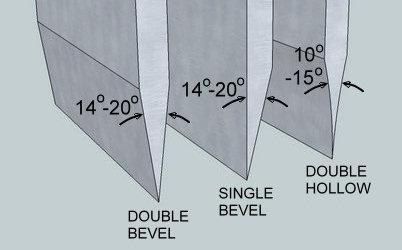
The angle of a knife is also referred to as “the bevel”. European knives are double-bevel, so both sides of the blade are sharpened. However, traditional Japanese knives are single-bevel which means one side of the blade has a sharpened edge (usually the right-hand side) whilst the other is completely straight.
Single bevel knives are more suitable for professional chefs, they are made for high precision cuts and can have very specific uses (i.e. sushi knives/ yanagi). It takes a lot of practice to master these types of knives, and are usually made just for right-handed users (left handle single bevels are rare and expensive). This is why many Japanese knives have double bevel, a more beginner friendly and easy-to-use type of blade.
Therefore, we recommend you buy a double-bevel blade for home use. Not only are they easier to handle, they also aren’t too difficult to sharpen with a little practice.
Step 3: High carbon vs. stainless steel blades
en choosing your Japanese kitchen knife, you should pay particular attention to the type of steel used in the blade. Steel is really the essence of the blade and primarily responsible for how the knife performs. Each type of steel has its own unique properties that have a direct effect on the performance of the knife. The finer structure and greater hardness means that the blades can take on a far sharper edge with a finer bevel angle, both of which improve cutting performance. The soul of a Japanese knife is its steel. Here’s what you need to know about the different types:
Traditional High-Carbon Steel:
- Examples include Shirogami (White Steel) and Aogami (Blue Steel)
- Exceptional sharpness and edge retention
- Develops a unique patina over time
- Highly reactive and will rust quickly if left wet even momentarily
- Requires immediate cleaning and drying after each use
- Needs occasional oiling to prevent oxidation
- Easier to sharpen than stainless steel
- Favored by traditionalists and professional chefs
Stainless Steel:
- Better corrosion resistance
- Less maintenance required
- May not hold an edge as long as carbon steel
- Examples of quality stainless steels include VG10, AUS-8, and AUS-10
High-Carbon Stainless Steel: Modern metallurgy has produced high-carbon stainless steel that combines benefits of both:
- VG10: Popular premium steel with excellent edge retention (60-62 HRC) and good corrosion resistance
- SG2/R2: Powdered metallurgy steel with exceptional edge retention (63-64 HRC)
- AUS-10: Offers good balance of edge retention, corrosion resistance, and value
- 12Cr18MoV: Good entry-level option with decent edge retention and excellent corrosion resistance
Semi-Stainless Steel:
- Steels like SKD-12 and 13C26 offer a middle ground
- Better corrosion resistance than carbon steel but will still develop patina
- Good edge retention with easier maintenance than pure carbon steel
Damascus Steel
Many Japanese knives feature Damascus steel construction, where multiple layers of steel are forge-welded together to create both aesthetic patterns and functional benefits:
- Improves strength and reduces sticking
- Creates stunning visual patterns
- Can range from 3 to 100+ layers
- Often combines a hard steel core with more flexible outer layers
Multi-Metal Construction
Some premium knives, like the NIJI line, incorporate various metals including stainless steel, brass, and copper in their layered construction, creating unique rainbow-like patterns while maintaining excellent performance.
If you want a perfect combination of beauty and performance, take a look at knives with steel of VG10, R2/SG2, 400, 154CM, AUS-8. These are the steel types, R2/SG2 and VG-10, Shirogami (#1) and Aogami (#2) steels being amongst the most popular ones. The ones to look for are R2/SG2, VG10 and high carbon steels. To learn more:
Rockwell hardness
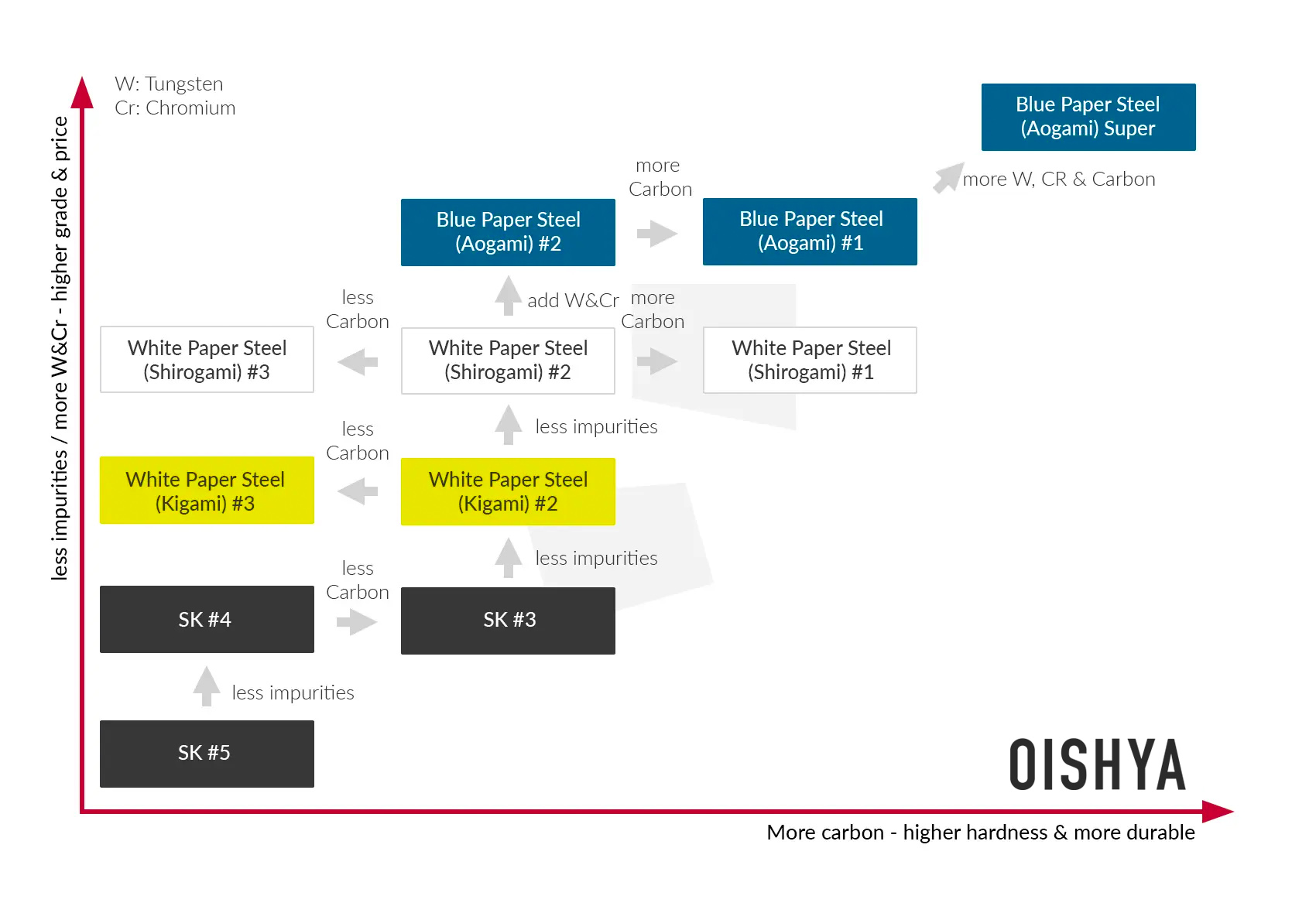
Hardness is the ability to resist deforming when subject to stress and applied forces. Hardness in knife steels is often referred to as strength and is generally measured using the Rockwell C scale (aka “HRC”).
A higher HRC rating signifies a harder blade, influencing critical aspects such as sharpness, edge durability, and overall longevity. However, it’s crucial to recognise that hardness is just one facet contributing to a knife’s performance. Factors like blade geometry, edge profile, and steel composition also significantly impact a knife’s effectiveness.
The optimal hardness for a kitchen knife varies based on intended use and user preferences. Different knife makers and users may have diverse opinions on the ideal hardness, considering factors such as cutting styles and specific culinary needs.
Most stainless steel knives do not hold their edge well. However, this is not the case if they have been heat treated or hardened by some other method, so that the steel has achieved a Rockwell rating (HRC) of at least 56 or 58.
Therefore, if you are buying a stainless steel knife, look for one that’s been hardened to 56/58 or more on the HRC scale. Anything less than this will make the knife lose its edge fairly quickly.
For example, our Sakai Kyuba knives score 62 on HRC, meaning that they can hold a sharper edge for a longer time. Nevertheless, the heightened hardness makes the blade more susceptible to chipping or breakage if subjected to excessive force or improper usage.
General guideline: The higher the carbon content of the steel, the longer the edge will last and the easier it will be to resharpen. For more detailed information about the difference between steels and how to choose the best one for your desired purpose please read this article.
Step 4: Choose Your Handle


The shape of the handle is very important in terms of how the knife is balanced, how it feels in your hand and ultimately how it performs. It is extremely important that you feel comfortable using your knife, this makes it easier to use. Handles that are too big or too small for your hands will cause discomfort and make it difficult for you to control the knife.
Japanese knives can come with either a Western style (usually made of metal or synthetic material such as micarta) or Japanese style handle. Western style handles are heavier, feel sturdier and are more adequate for brute cutting jobs. Traditional Japanese handles are cylindrical (O), D shaped (either for left or right-handed person or octagonal. They are lighter and almost always made of wood. This traditional design makes the knife feel lighter and more nimble on your hand while keeping the perfect balance between the handle and the delicate blade.
A good quality wooden handle is durable, attractive and adds a lot of beauty to a knife. Here at Oishya the wooden handles in our Sakai Kyuba ranges are available in two different wood types: Cherry wood (Sakai Kyuba Classic) and Stabilised Maple Burl (Sakai Kyuba). Both types of wood are cut into octagonal shaped ambidextrous handles, giving you a firm grip on the knife. They are both perfectly balanced and light, allowing for maximum precision and more controlled movements during use.
The limited European Maple Burl handles has to be dried for two years before it undergoes the process of stabilisation and colour dying. This ensures the wood is completely waterproof to avoid bacteria growth and is able to last generations. These are available in Green (dyed), Mediterranean Blue (dyed) or Natural Brown (not dyed) colour. In the case of the limited European Natural Cherry, the wood is dried well before it undergoes the process of handle forming and blade mounting. Consequently it has a high water resistance and is able to last generations.
Step 7: Consider Your Budget
Japanese knives span a wide price range, from affordable entry-level options to high-end artisanal pieces:
Entry-Level ($50-150):
- Mass-produced but still quality Japanese knives
- Often made with AUS-8, AUS-10, or similar steels
- Good introduction to Japanese knives without major investment
Mid-Range ($150-300):
- Higher quality steels like VG10
- Better fit and finish
- May feature Damascus cladding
- Good balance of performance and value
High-End ($300-800):
- Premium steels like SG2/R2, ZDP-189, or high-grade carbon steels
- Artisanal touches and superior craftsmanship
- Excellence in both performance and aesthetics
Collector/Artisanal ($800+):
- Hand-forged by master blacksmiths
- Unique aesthetic details and premium materials
- Often signed by the craftsman
- Heirloom-quality tools
Remember that branded knives from well-known blacksmiths command higher prices. Some retailers offer their own branded lines made by skilled craftsmen without the name premium, providing excellent value.
Step 8: Testing and Choosing Your Knife
Before purchasing, consider these factors:
Weight and Balance:
- Heavier knives can help with harder ingredients but may cause fatigue
- Lighter knives offer more agility and precision
- The balance point should feel natural in your hand
Comfort and Grip:
- The knife should feel like a natural extension of your hand
- Consider your hand size when choosing handle type
- Try gripping the knife in various positions
Cutting Style:
- Rocking cuts (Western style) vs. push/pull cuts (Japanese style)
- Your preferred technique should match the knife’s design
When possible, test knives before purchasing. Many specialty retailers offer testing opportunities. If buying online, check return policies in case the knife doesn’t feel right in your hand.
Finding Your Perfect Match
Still unsure which knife is right for you? Consider these questions:
- What’s your experience level? Beginners might prefer a Santoku or Gyuto with a double bevel.
- What do you cook most often? Vegetable enthusiasts should consider a Nakiri or Bunka.
- How much maintenance are you willing to do? Carbon steel requires more care than stainless.
- Do you have smaller hands? The Santoku or Bunka might offer better control.
- Do you prefer precision cutting or rocking motions? Bunka and Kiritsuke excel at precision, while Gyuto handles rocking techniques better.
- How important is aesthetics to you? If you value the knife as both a tool and an art piece, consider Damascus or multi-metal construction like the NIJI line.
- Will you be sharing the knife with others? Consider a double-beveled knife with a universal handle design if multiple people with different hand sizes and dominance will use it.
- How confident are you with knife maintenance? If you’re new to quality knives, start with a stainless steel option before investing in reactive carbon steel.
- Do you have wrist or hand issues? Lighter knives or those with ergonomic handles may reduce strain during extended use.
- Are you looking for a specialized tool or a versatile all-rounder? Be honest about whether you’ll invest in multiple specialized knives or need one versatile option.
Remember, there’s no such thing as the perfect knife – only the perfect knife for you and your cooking style. A quality Japanese knife is not just a tool but an investment that will enhance your cooking experience for years to come.
Finding the right Japanese knife is like finding the right partner – you want one that’s balanced, supportive, and while all knives will eventually need sharpening (just like all relationships need maintenance), a quality knife will reward your care with years of joyful cooking.
What Makes Japanese Knives So Good?
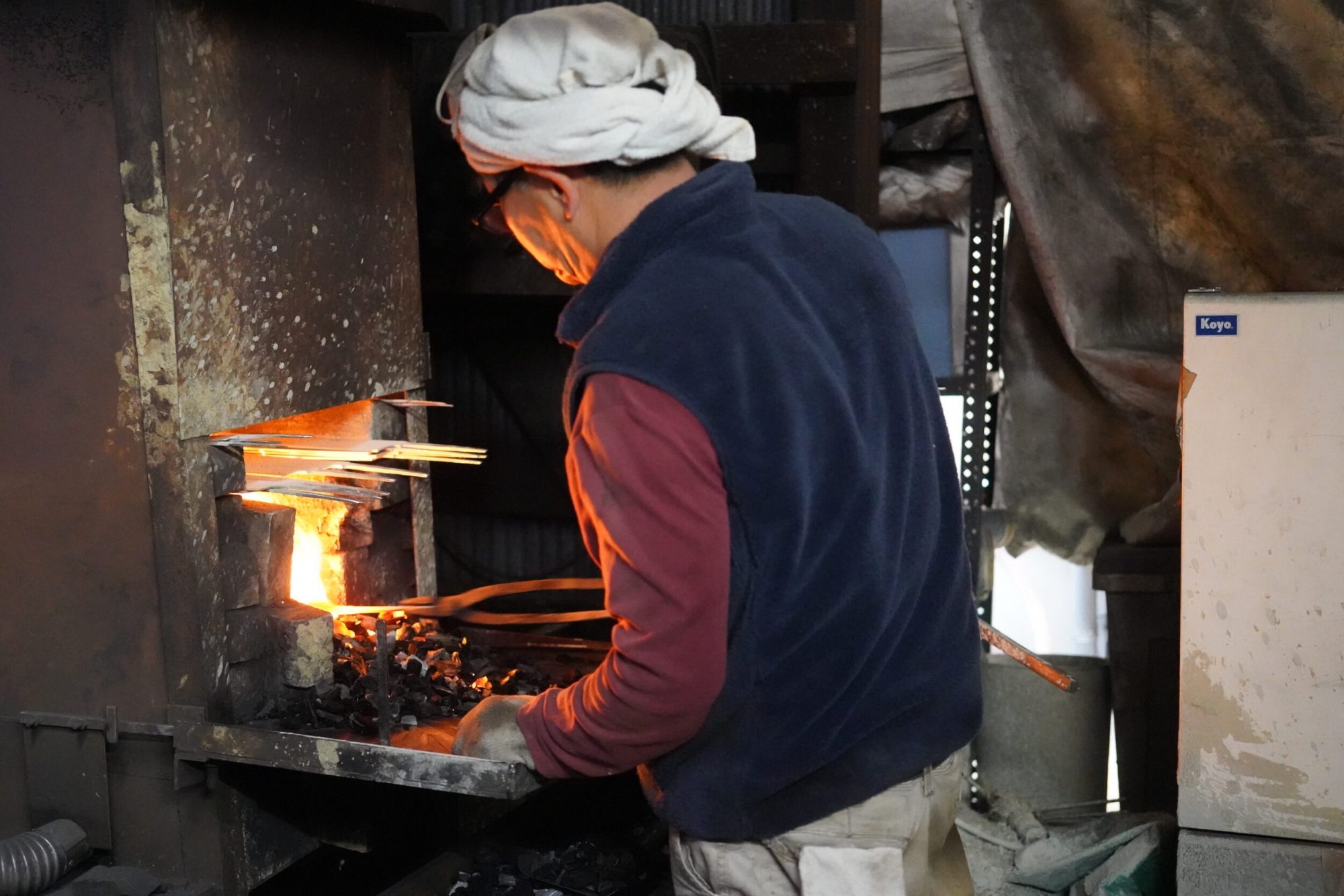
While aesthetics definitely plays a part, it’s not only this that can make Japanese knives so expensive.
The high cost is a result of many factors: the high-end materials cost, extra labour of forge welding together multiple layers. In fact, most of the high-priced knives are forged on a small scale and are made by hand (artisan workshops usually have 2–4 students + blade Master orchestrating them). Often then, what you are getting is a highly functional, unique piece of art.
The best knives are obviously hand-forged (these are the most expensive) and made from extra-hard steel strengthened with metals like molybdenum and nickel (check detailed steel composition chart for more info) so that they can hold their edge longer. Those edges are often twice or three times as fine as those on European knives. The premium price is then result of the following 3 factors:
- Craftsmanship
- Materials
- Scarcity
After Purchase: Knife Maintenance And Protection
Like most equipment, knives need a little love and care. You need to sharpen them regularly and depending on the type of steel, dry them immediately after use. To make it easy, these are 3 general rules you should follow:
- Don’t put your knife in a dishwasher, ever.
- Store your knives either on the magnetic knife strip, knife stand, or sheathed in the utensil drawer.
- Don’t slide your knife, blade down, across the cutting board to clear away what you just chopped.
For more details check our full blog posts on knife care:
- How To Maintain Your Kitchen Knives Like A Pro
- 7 Tips For Keeping Your Kitchen Knives Sharp And Safe
- How to sharpen kitchen knives?
- The Best Way To Store Your Kitchen Knives And Metal Tools Safely
- How Do I Check If My Kitchen Knife Is Still Sharp?
- Which Whetstone Grit To Choose For Sharpening Japanese Knives
- How To Clean A Rusty Kitchen Knife?
- 7 Ways you are accidentally hurting your kitchen knives
- How To Sharpen Your Kitchen Knife
Need more help?
So this is as short and simple a guide as we could make to help you choose your Japanese kitchen knife. Still unsure? Don’t be. Just email us or message us directly on Facebook. We’d love to help! All you have to do is pick the knife you like the most – and we’ll help you choose the right one.
